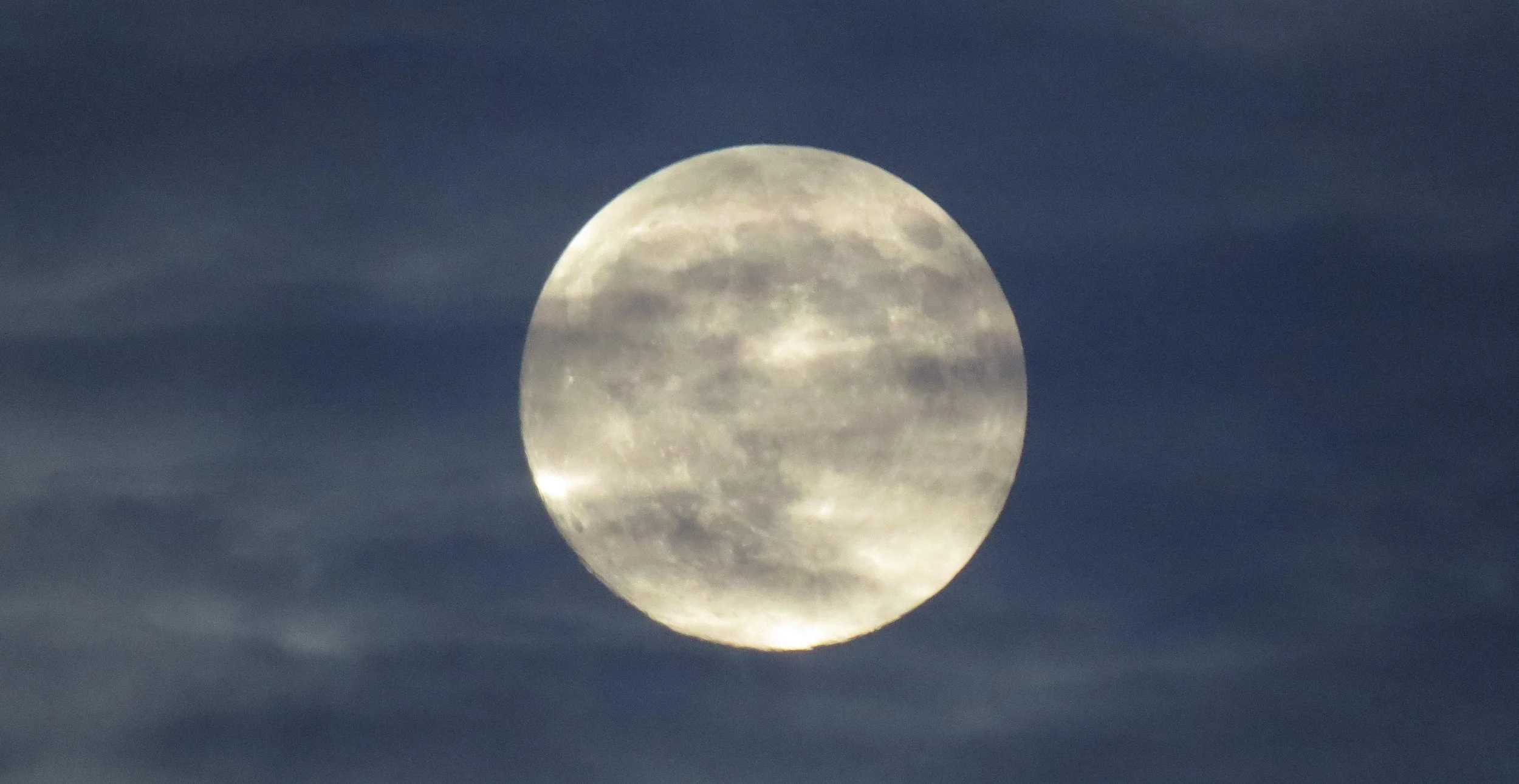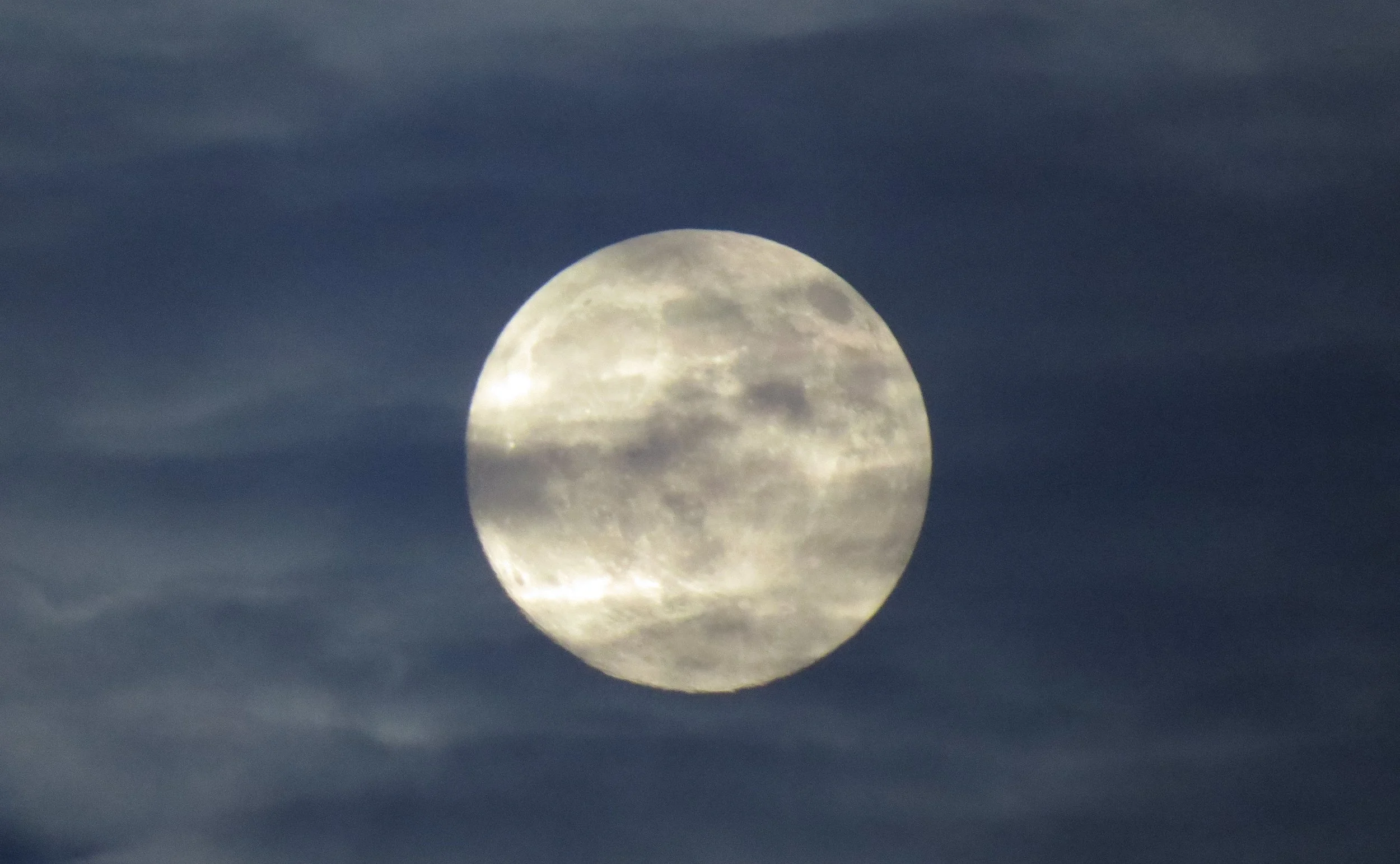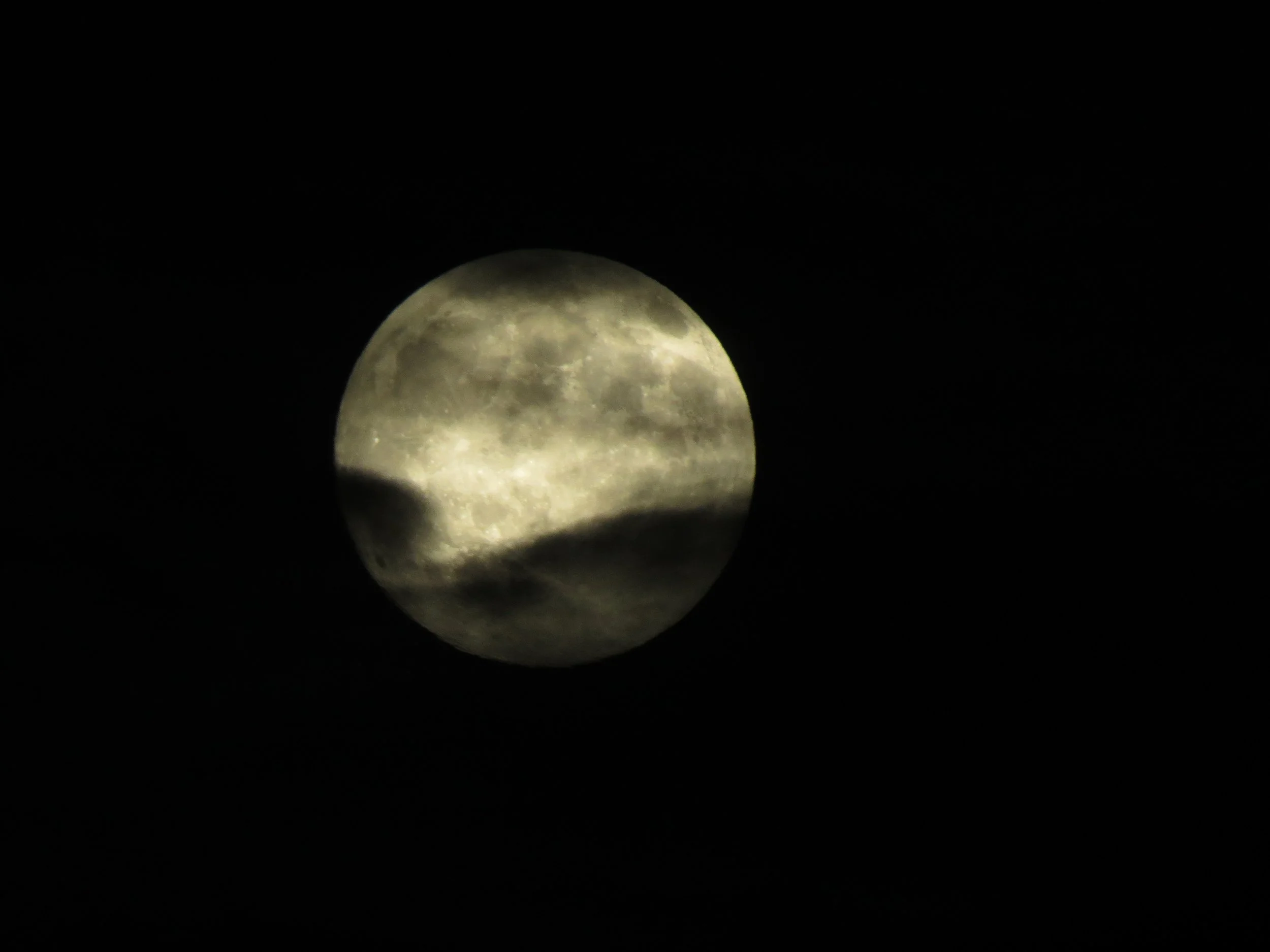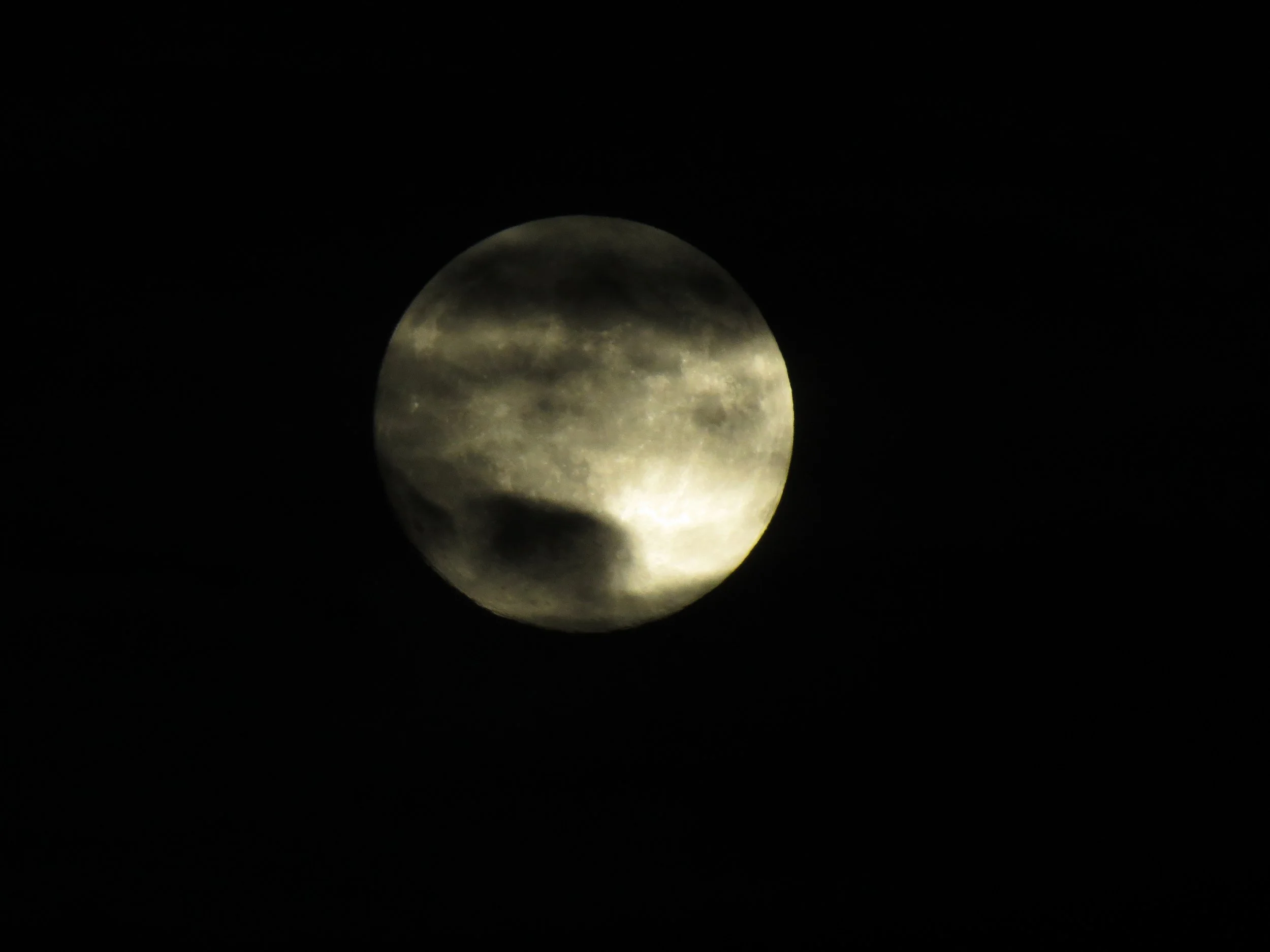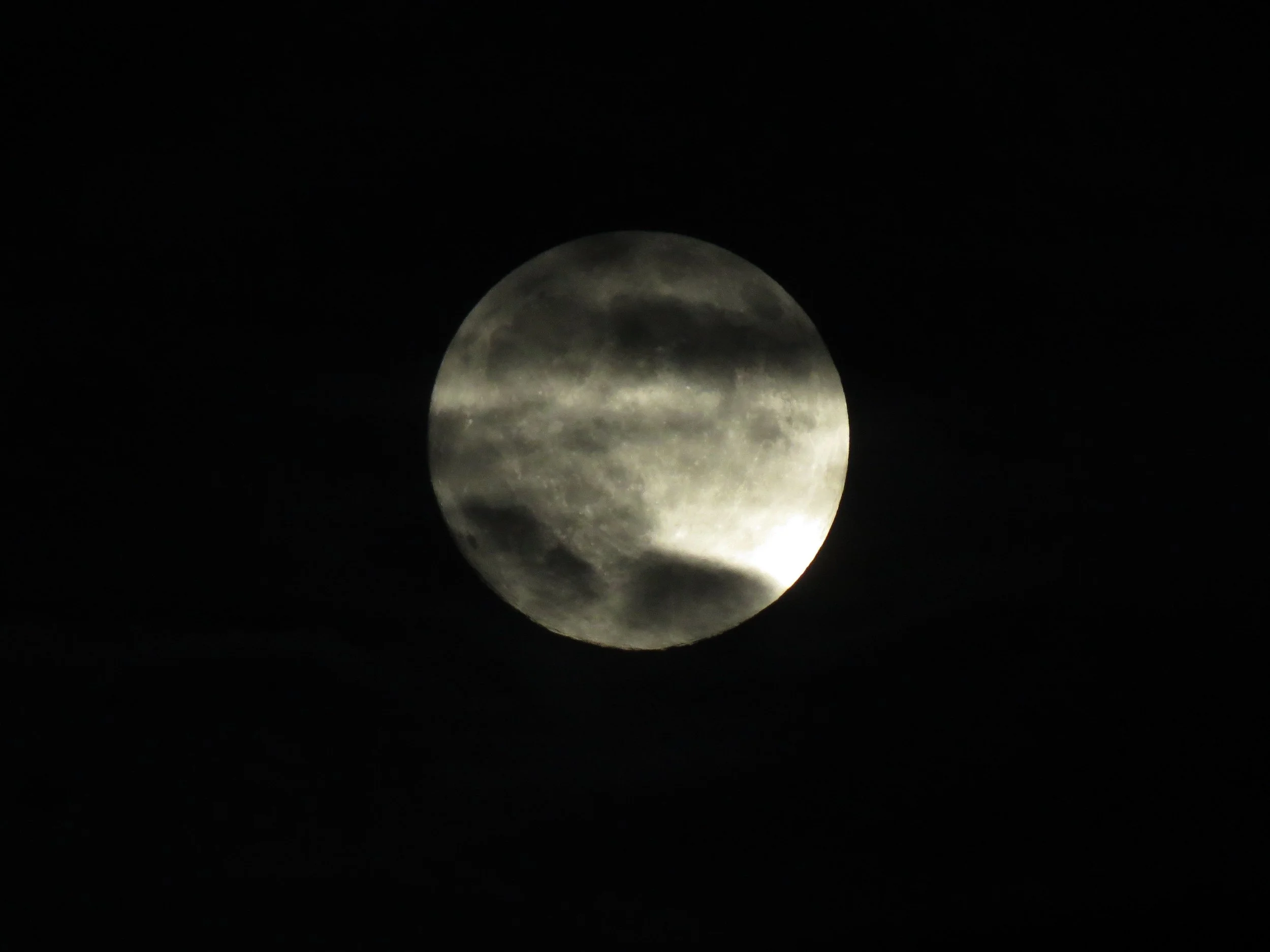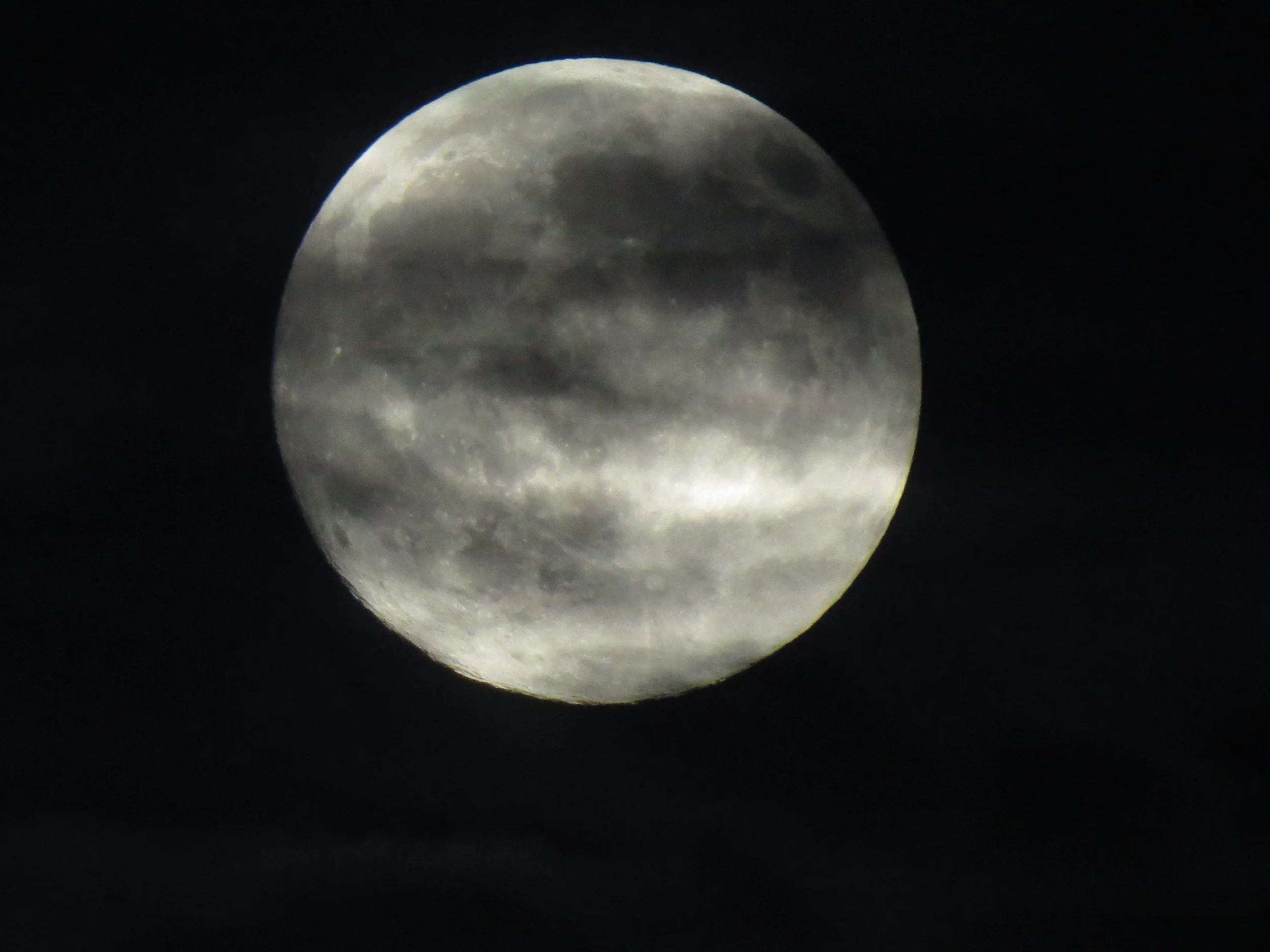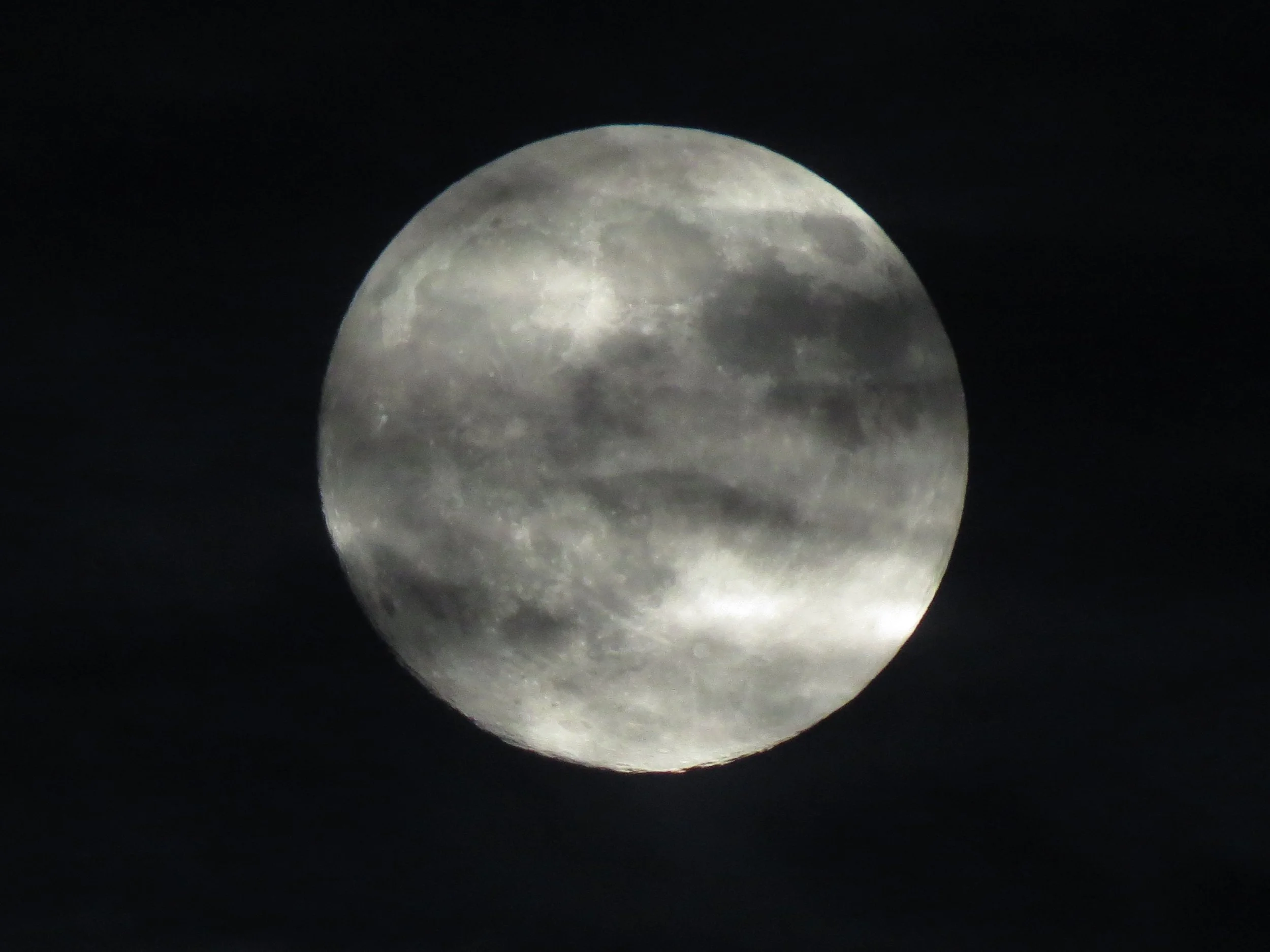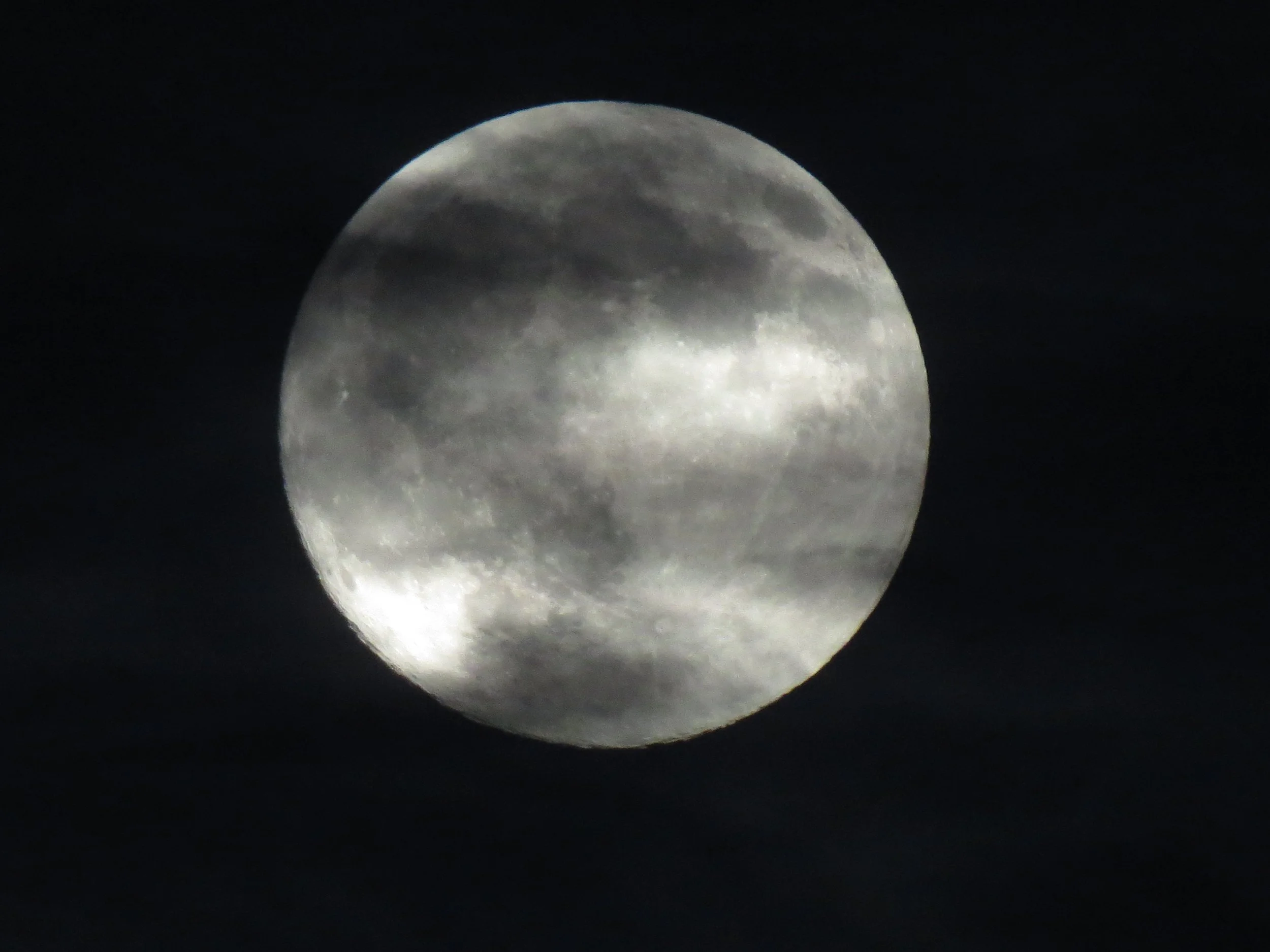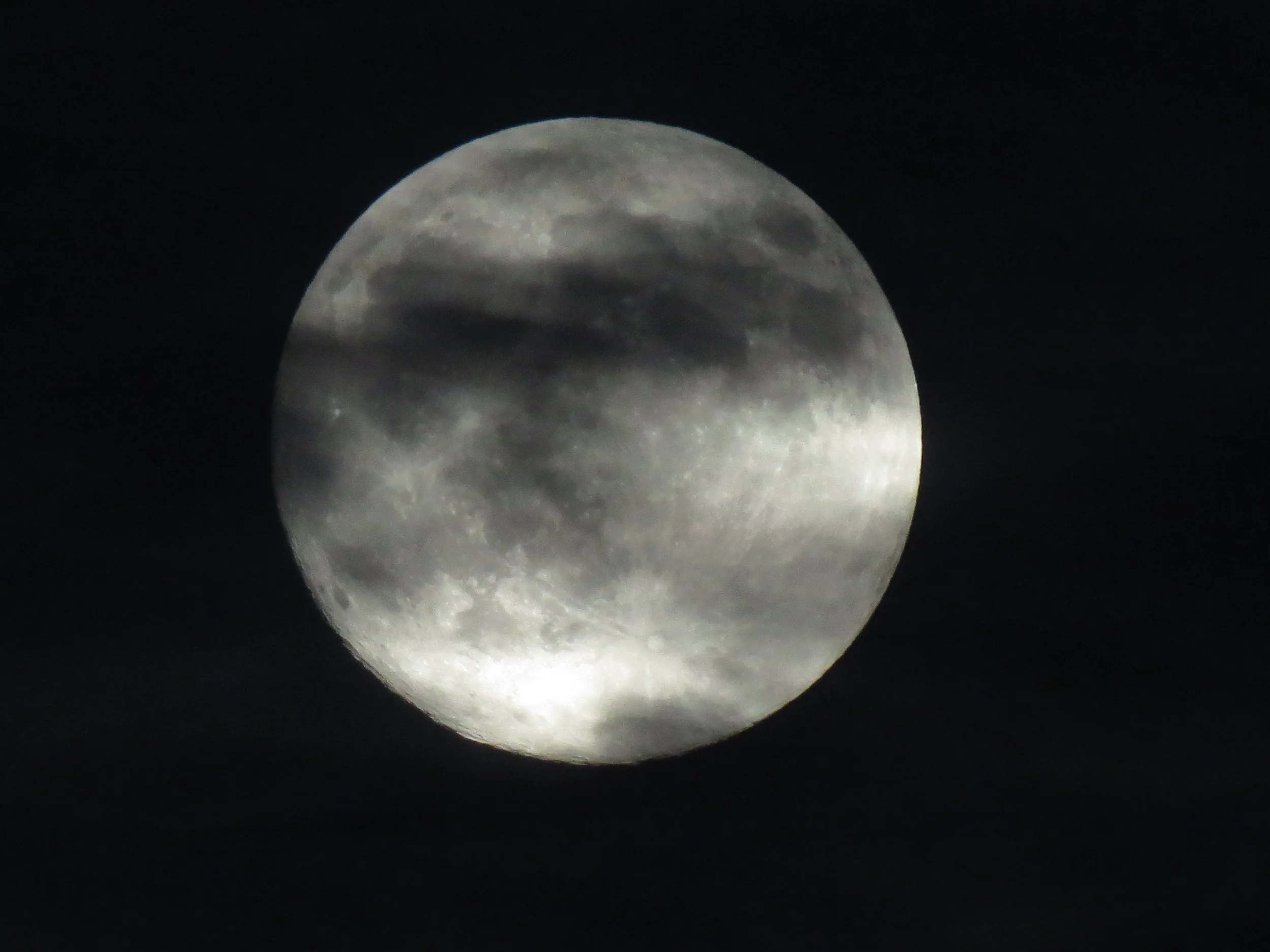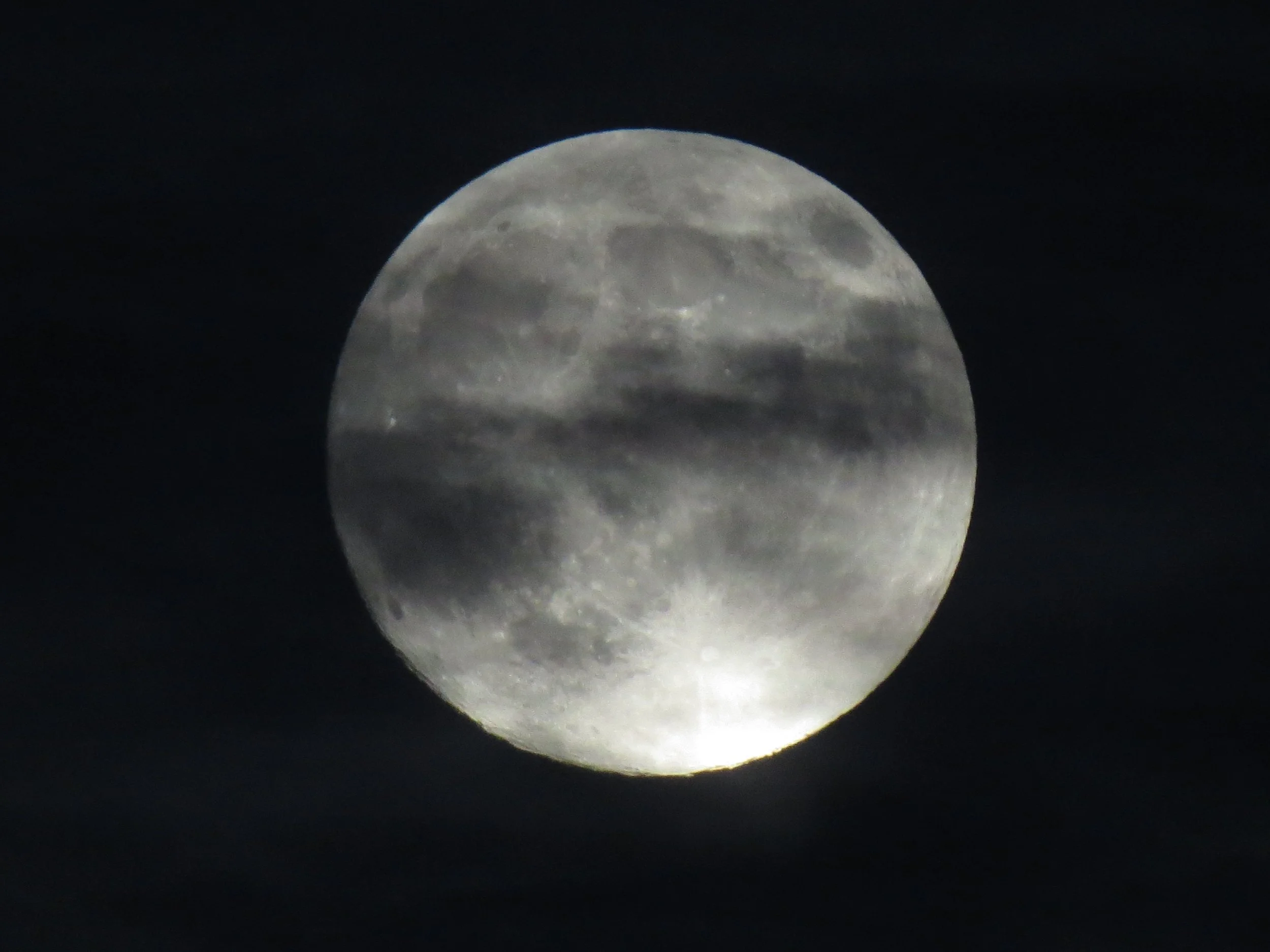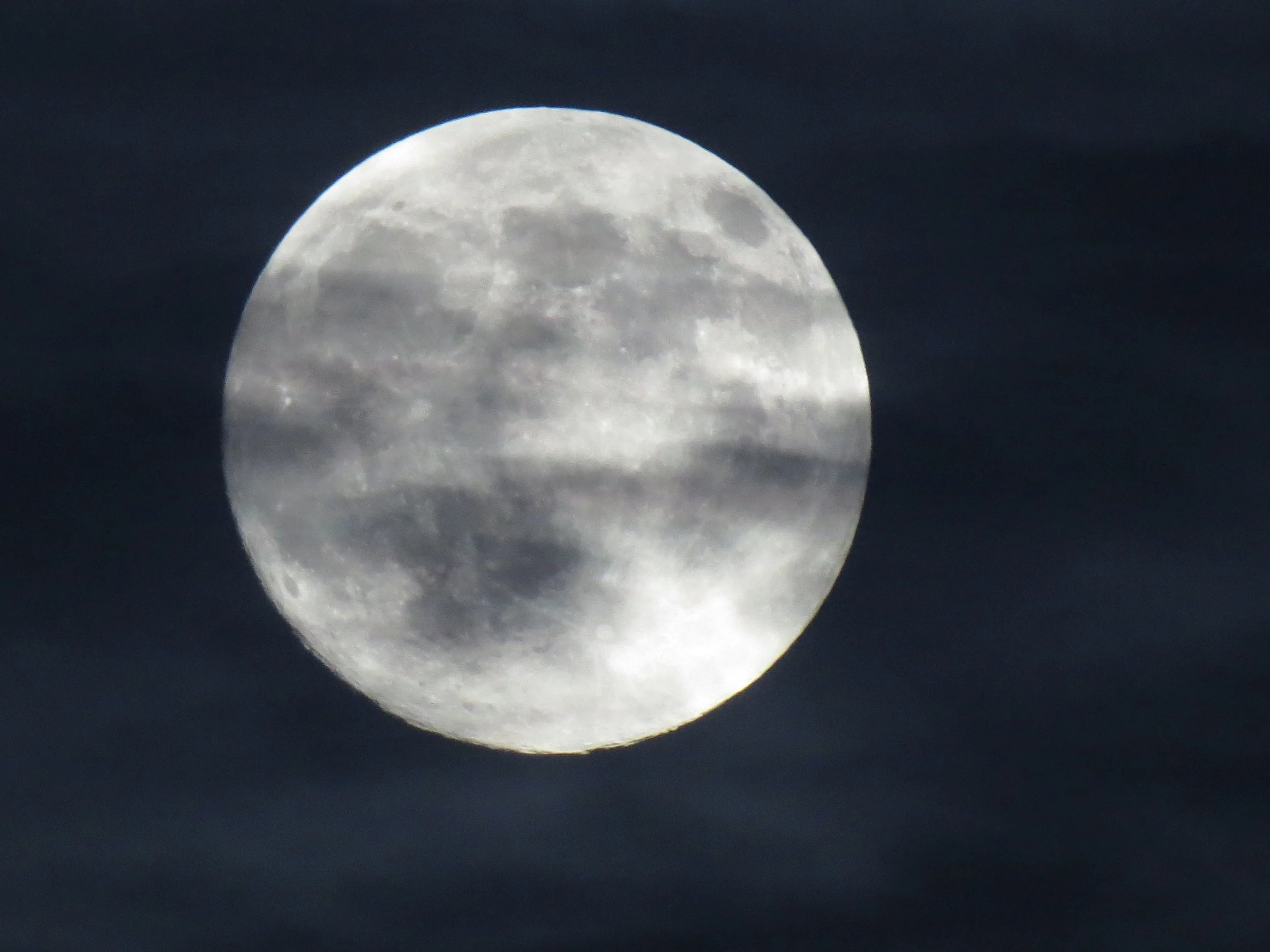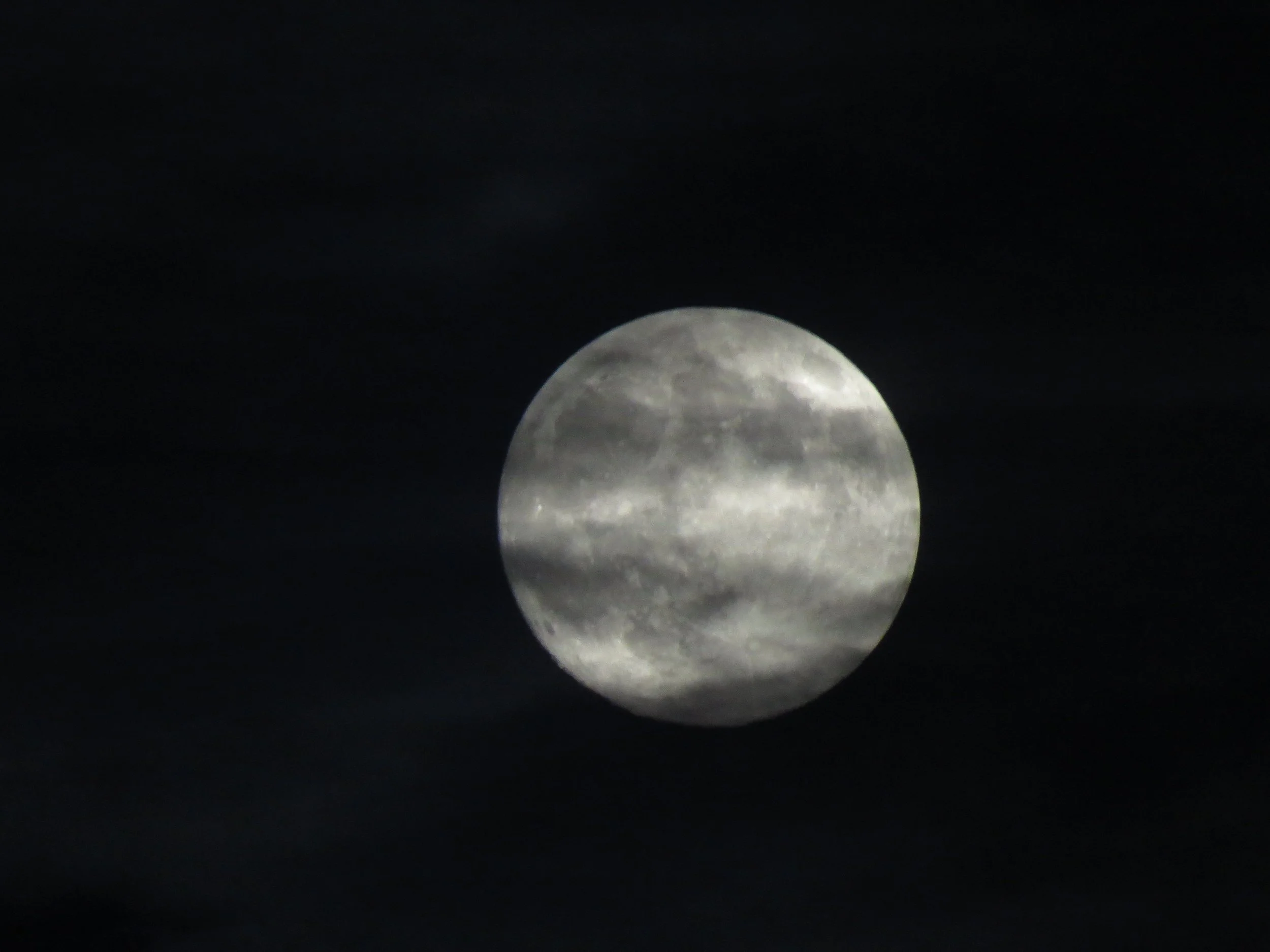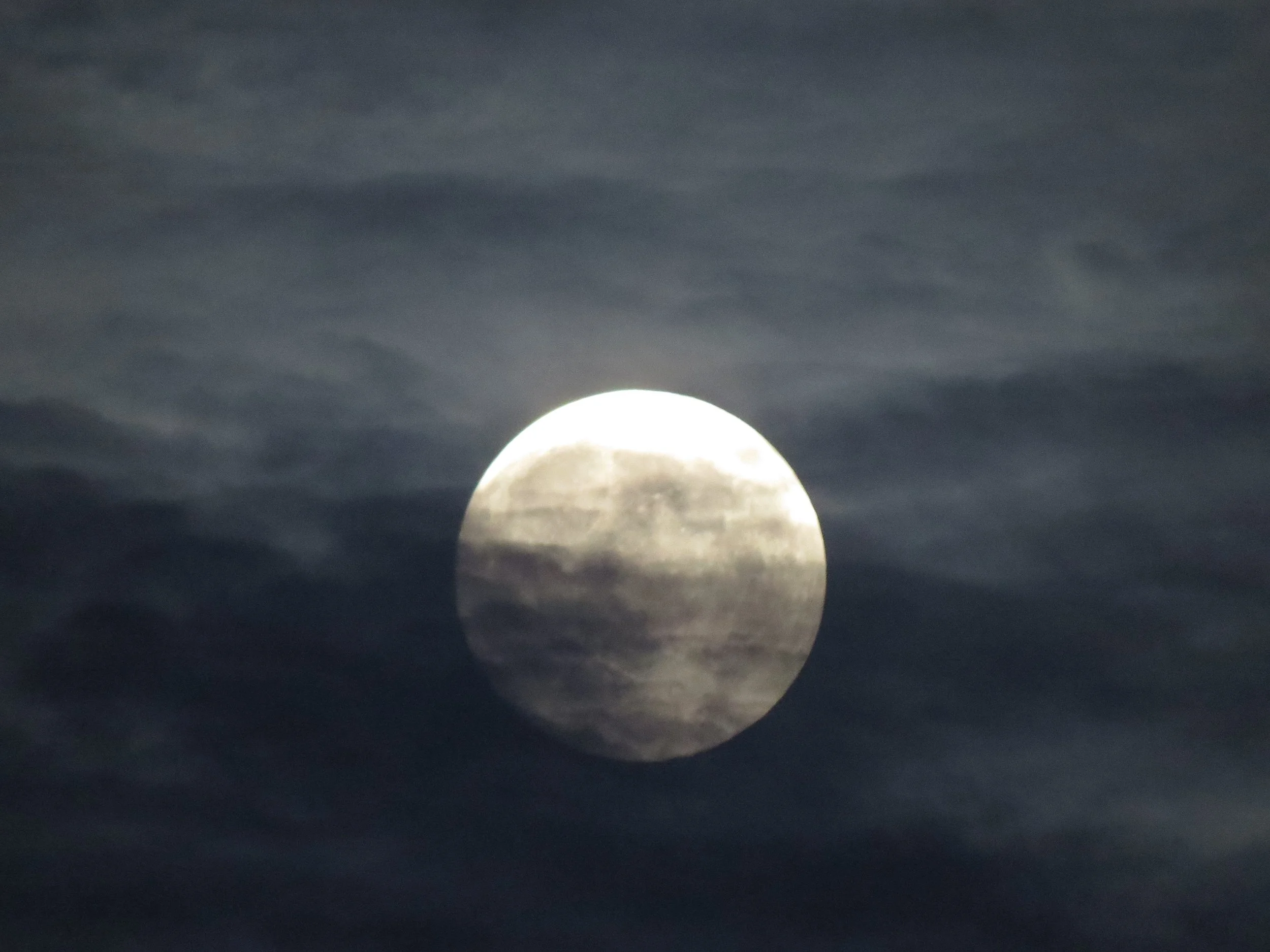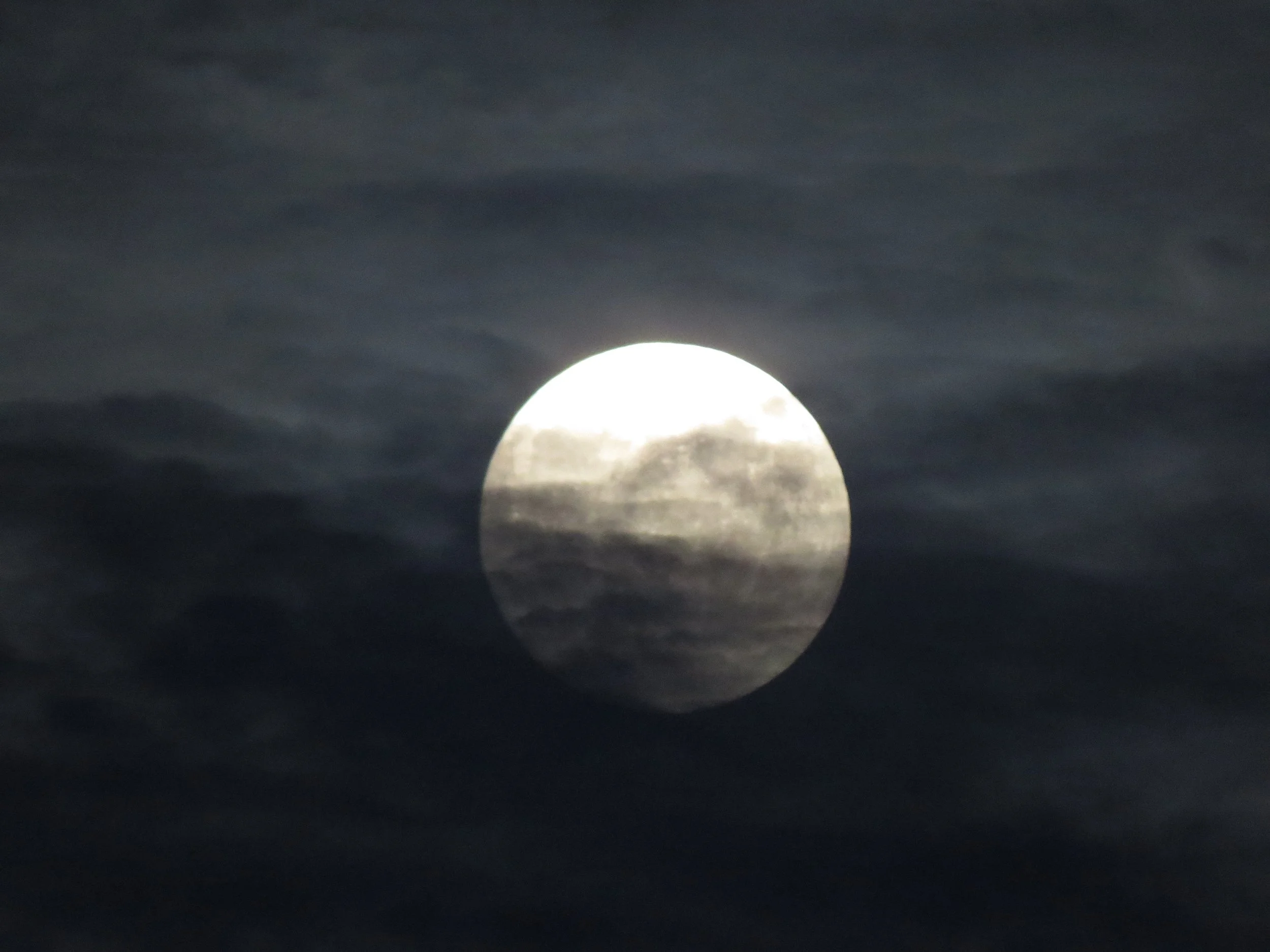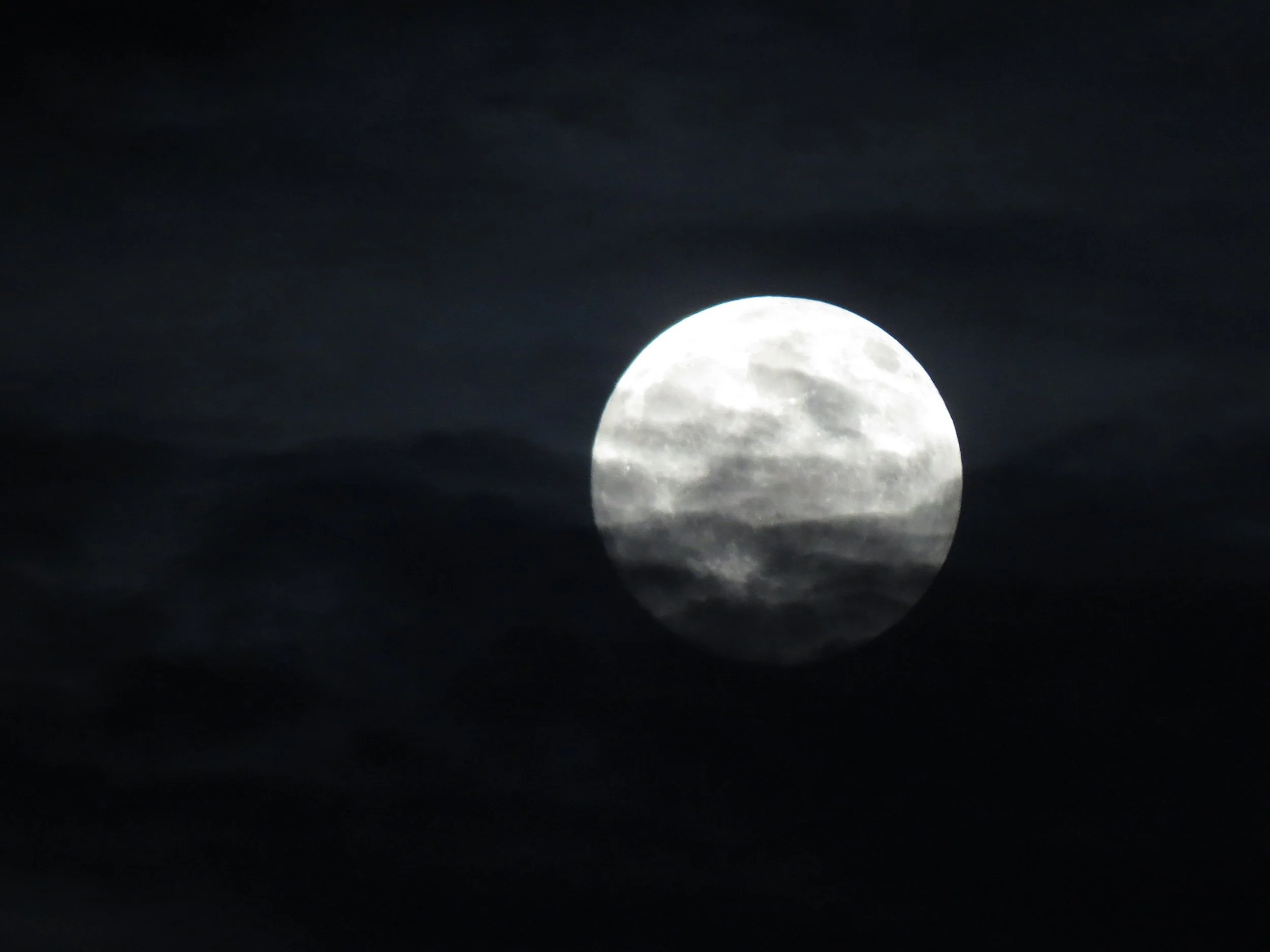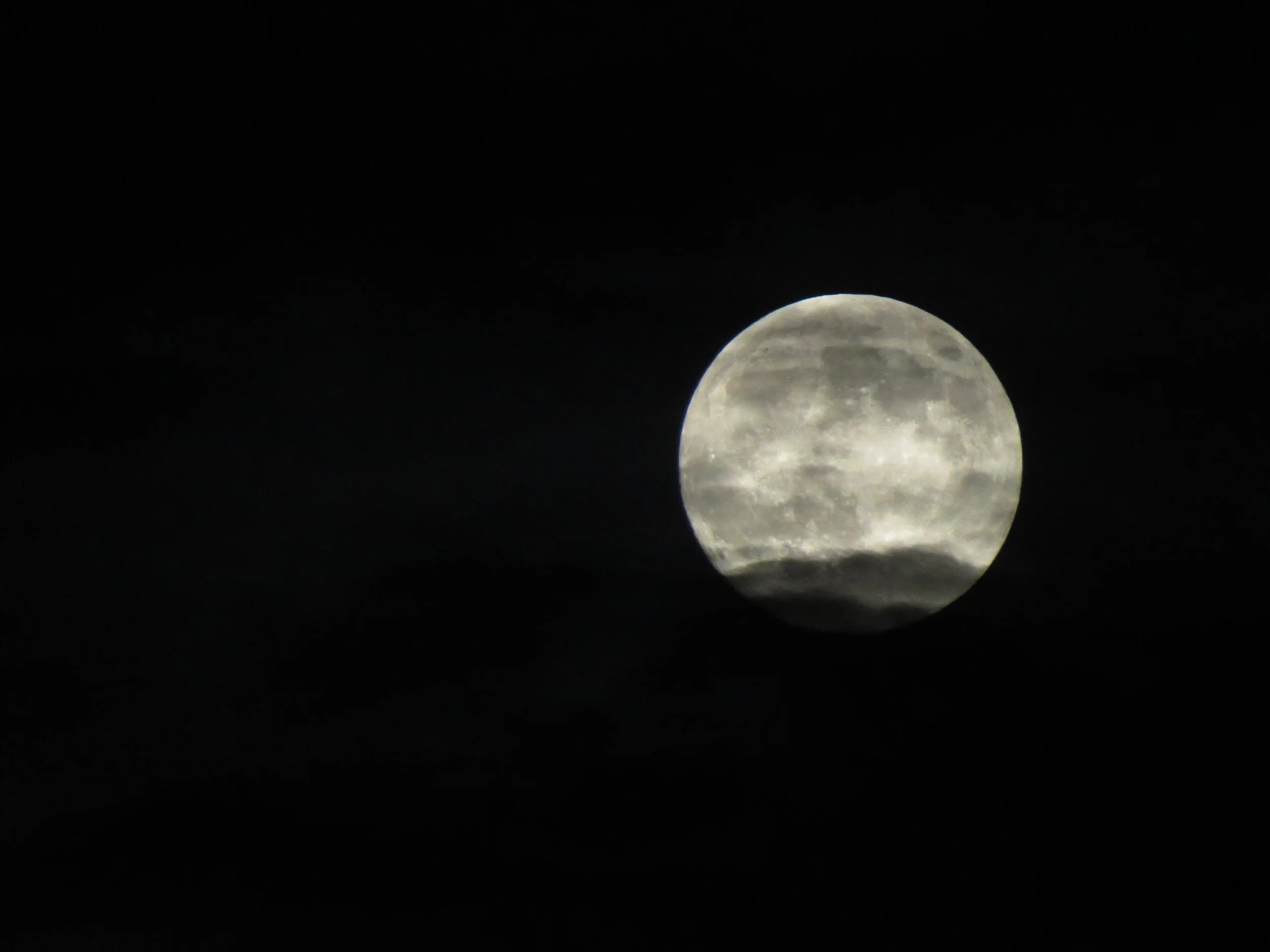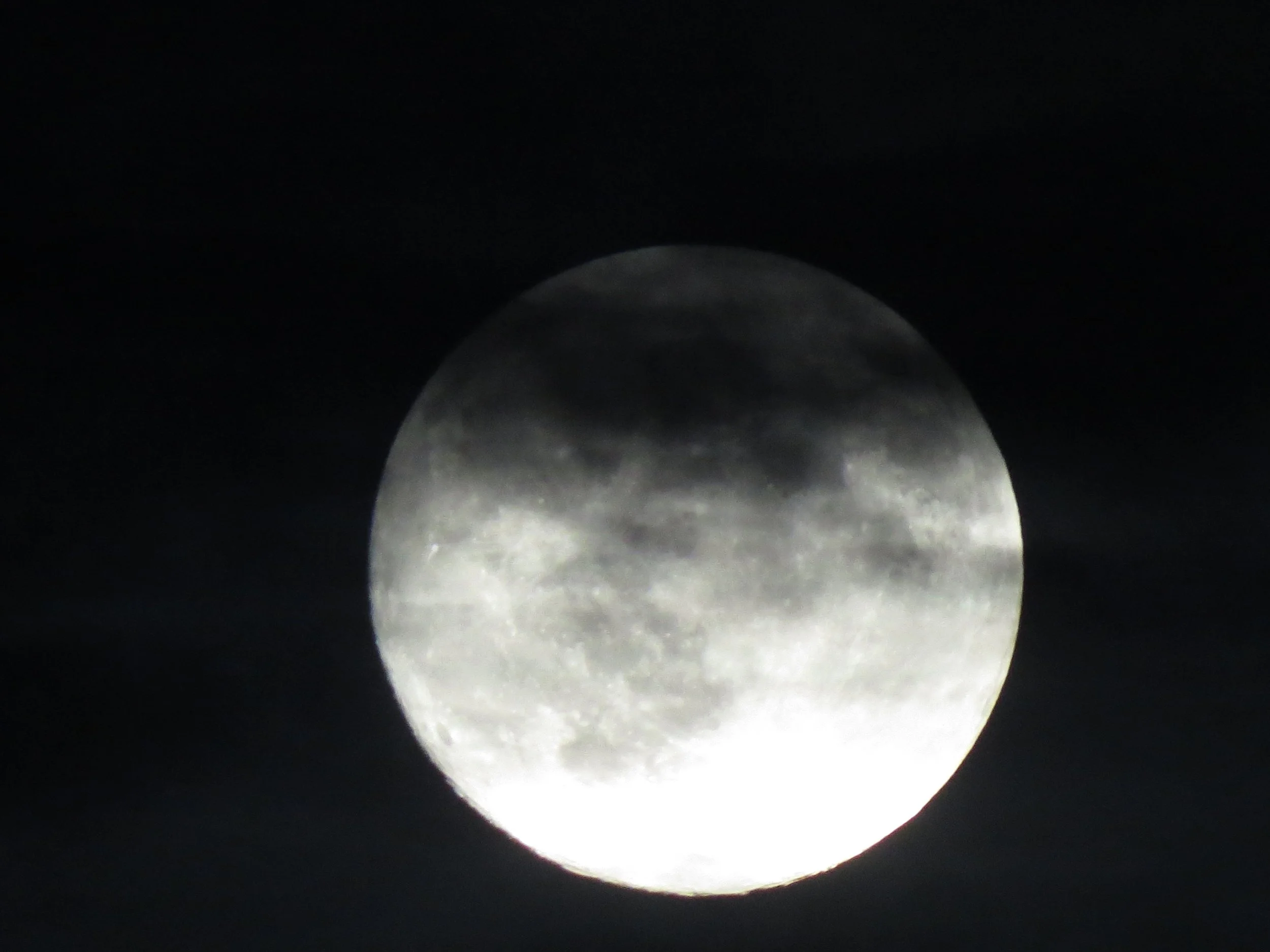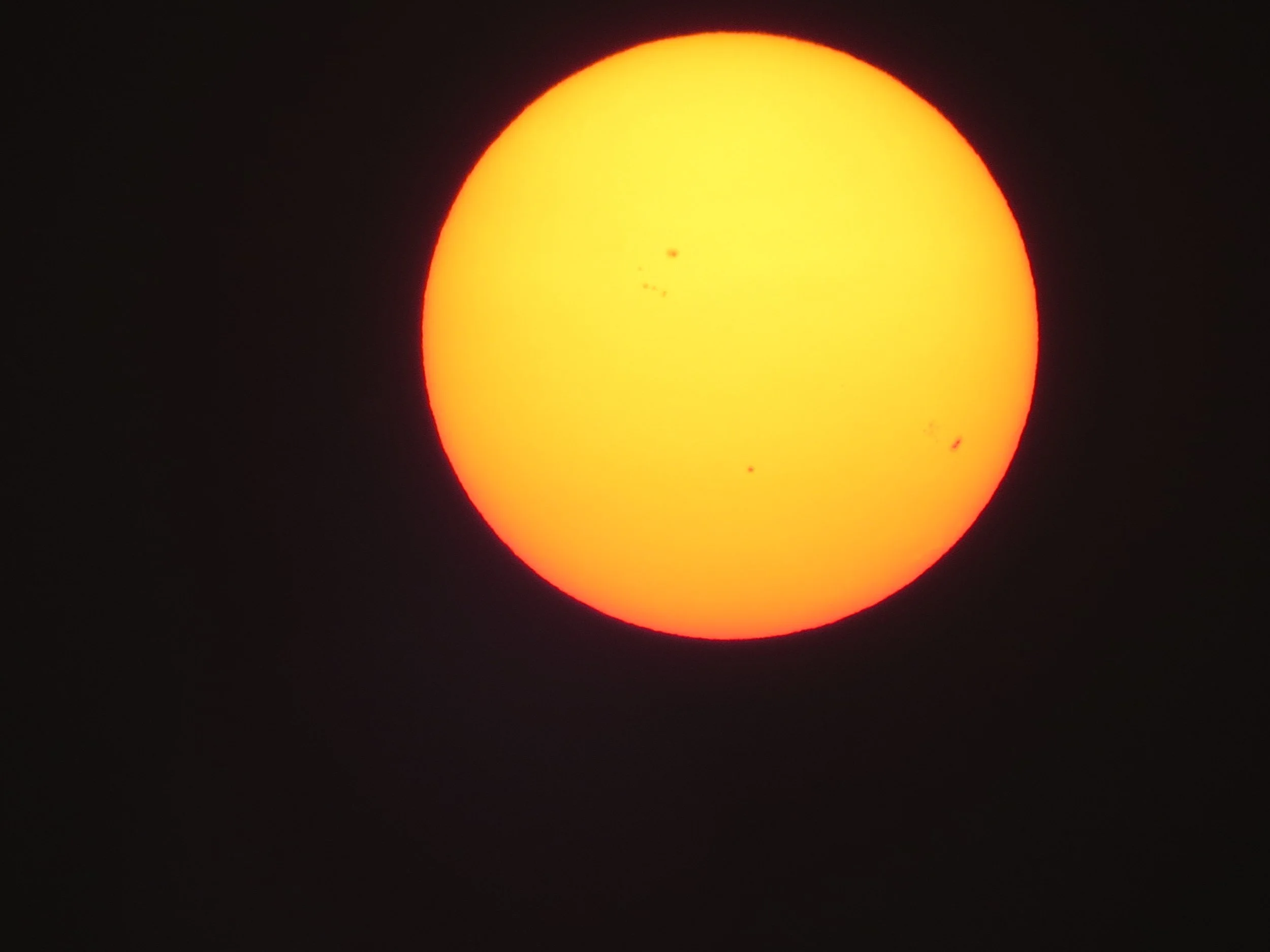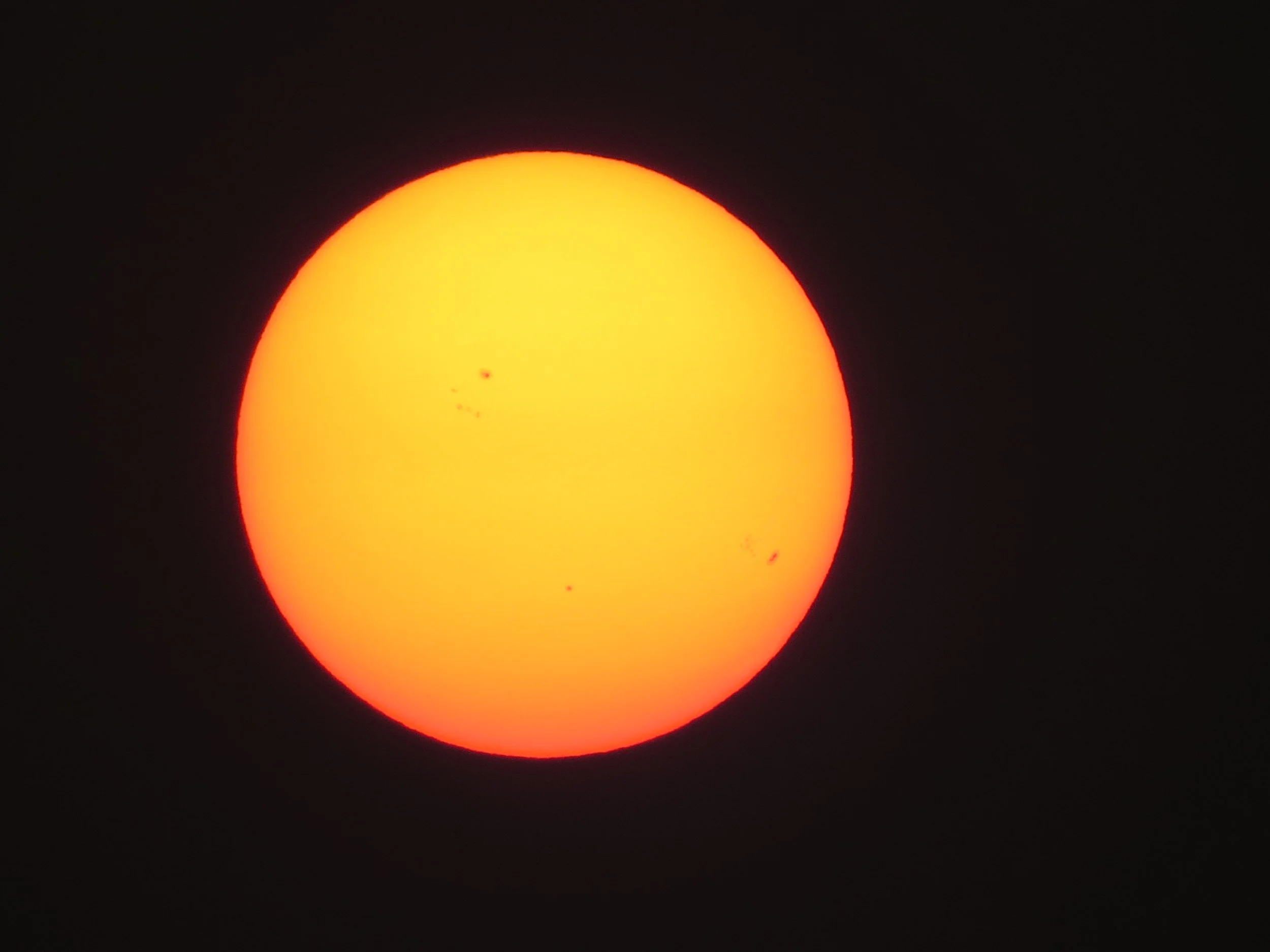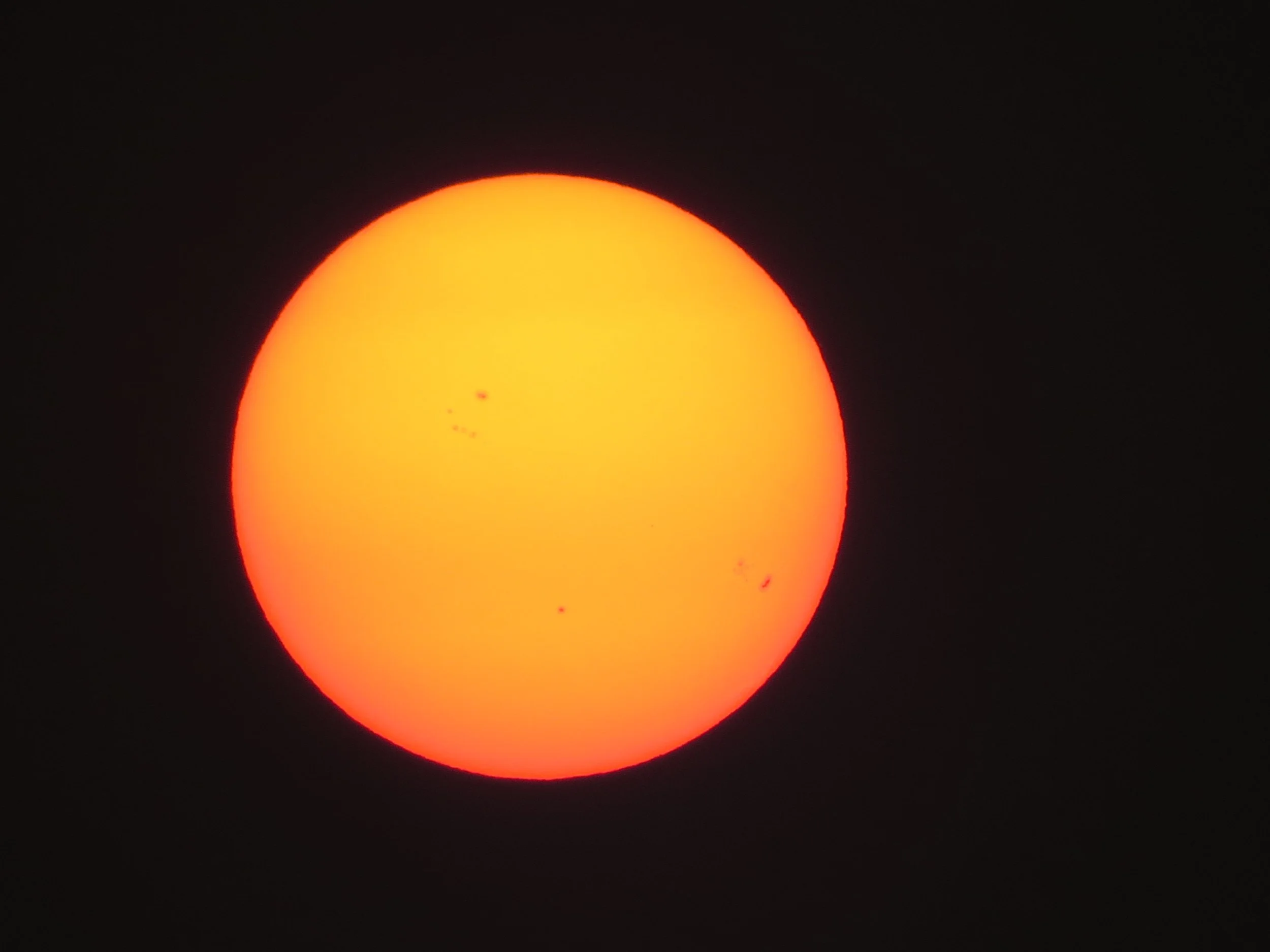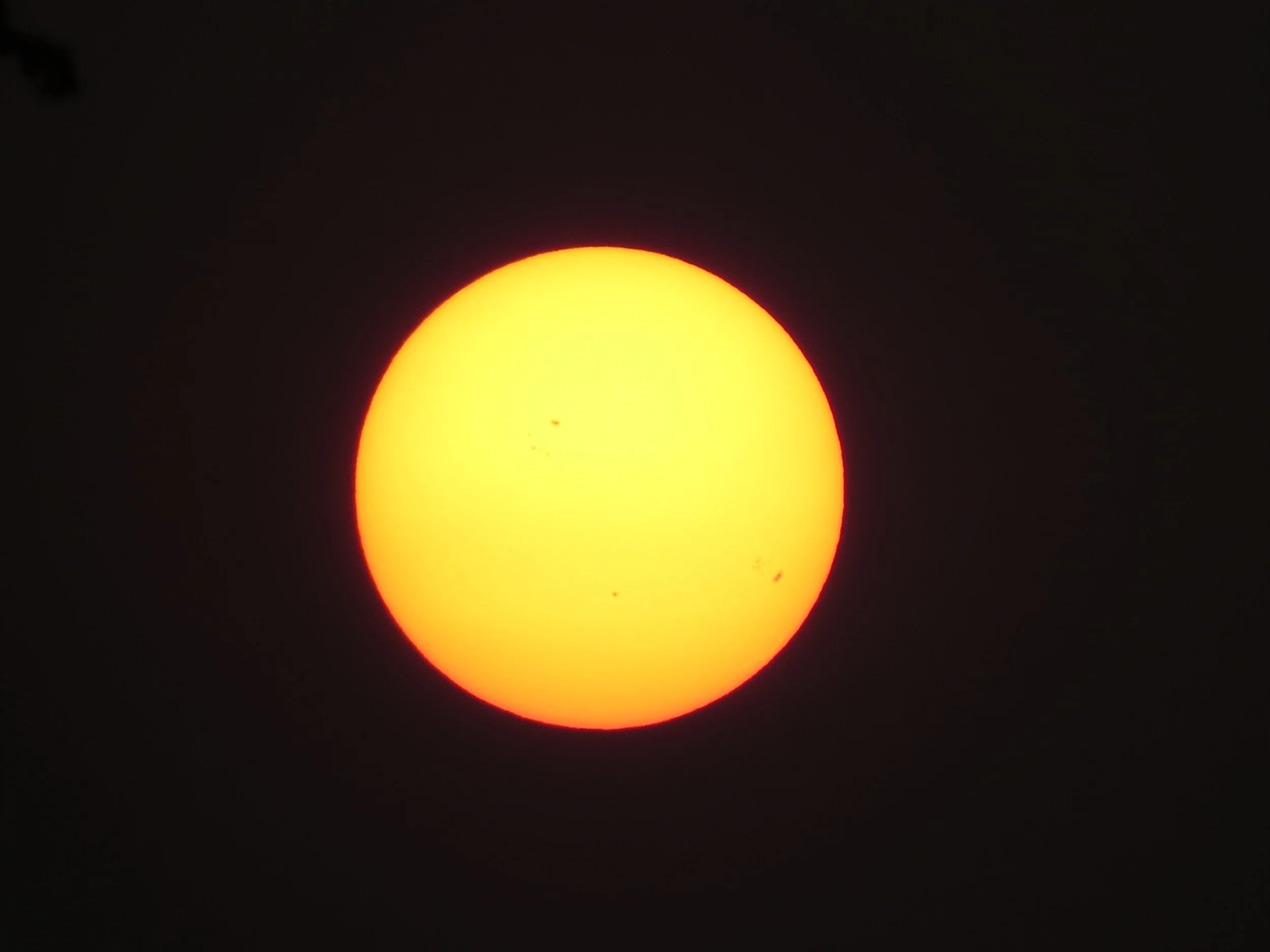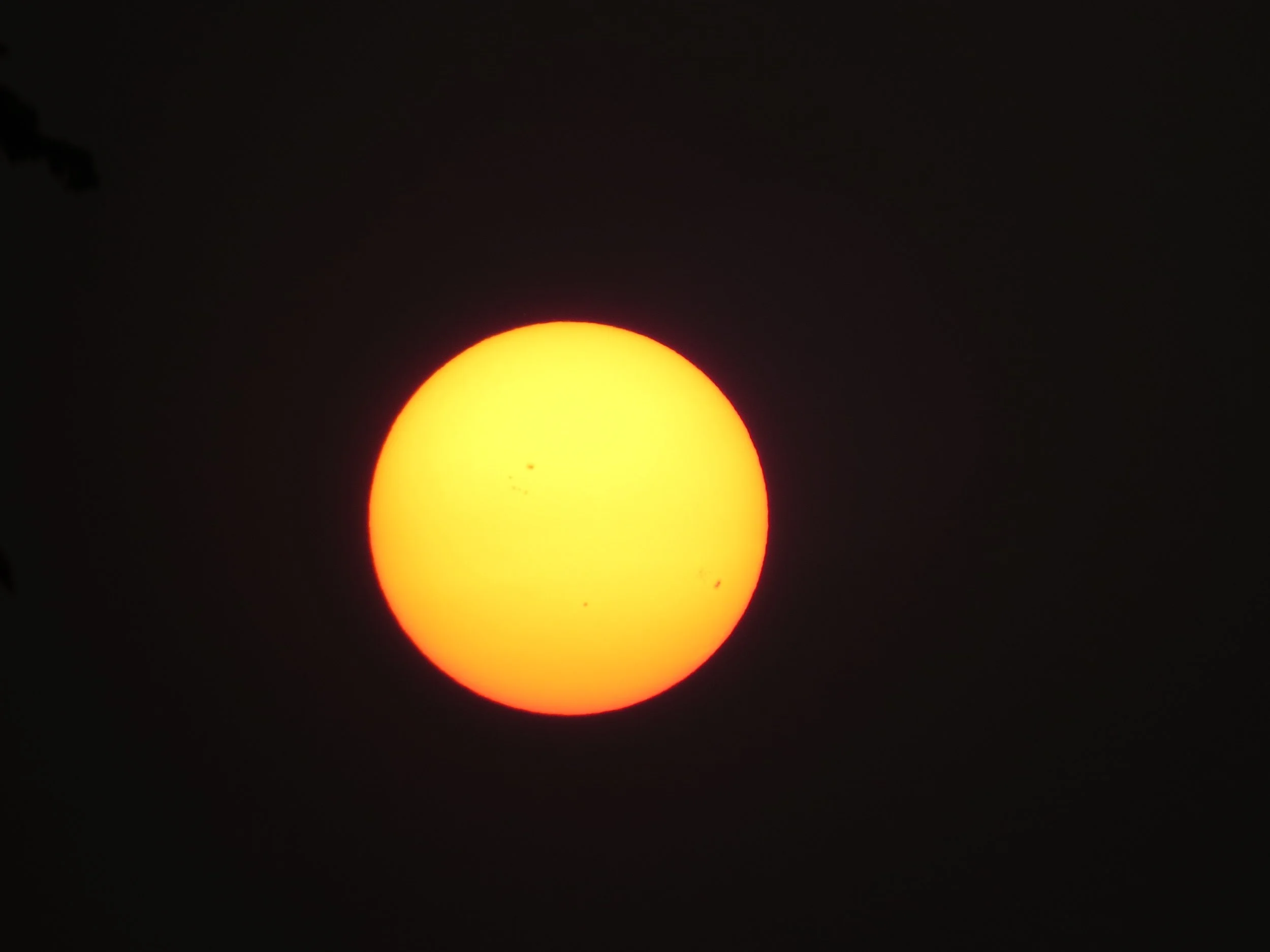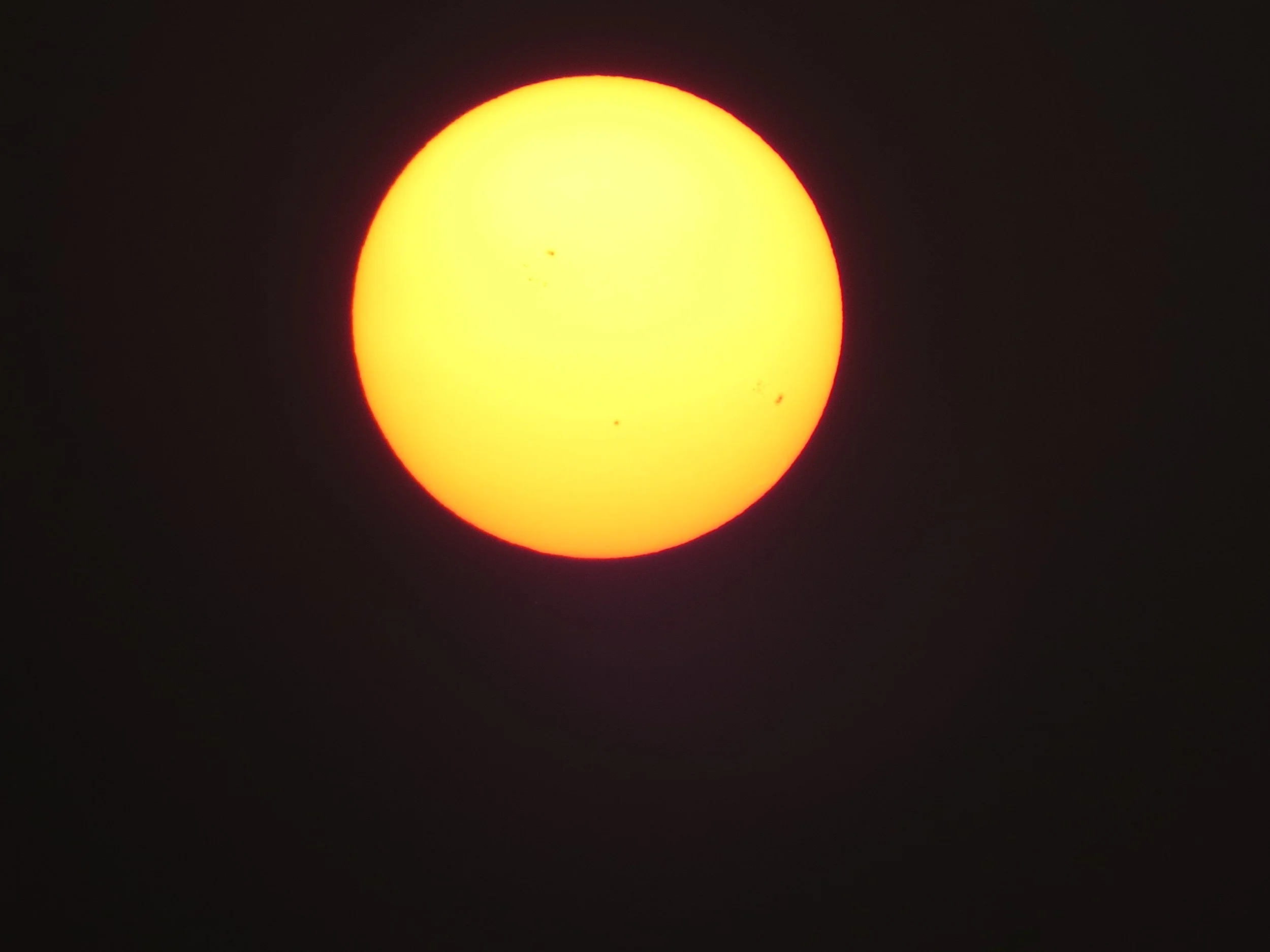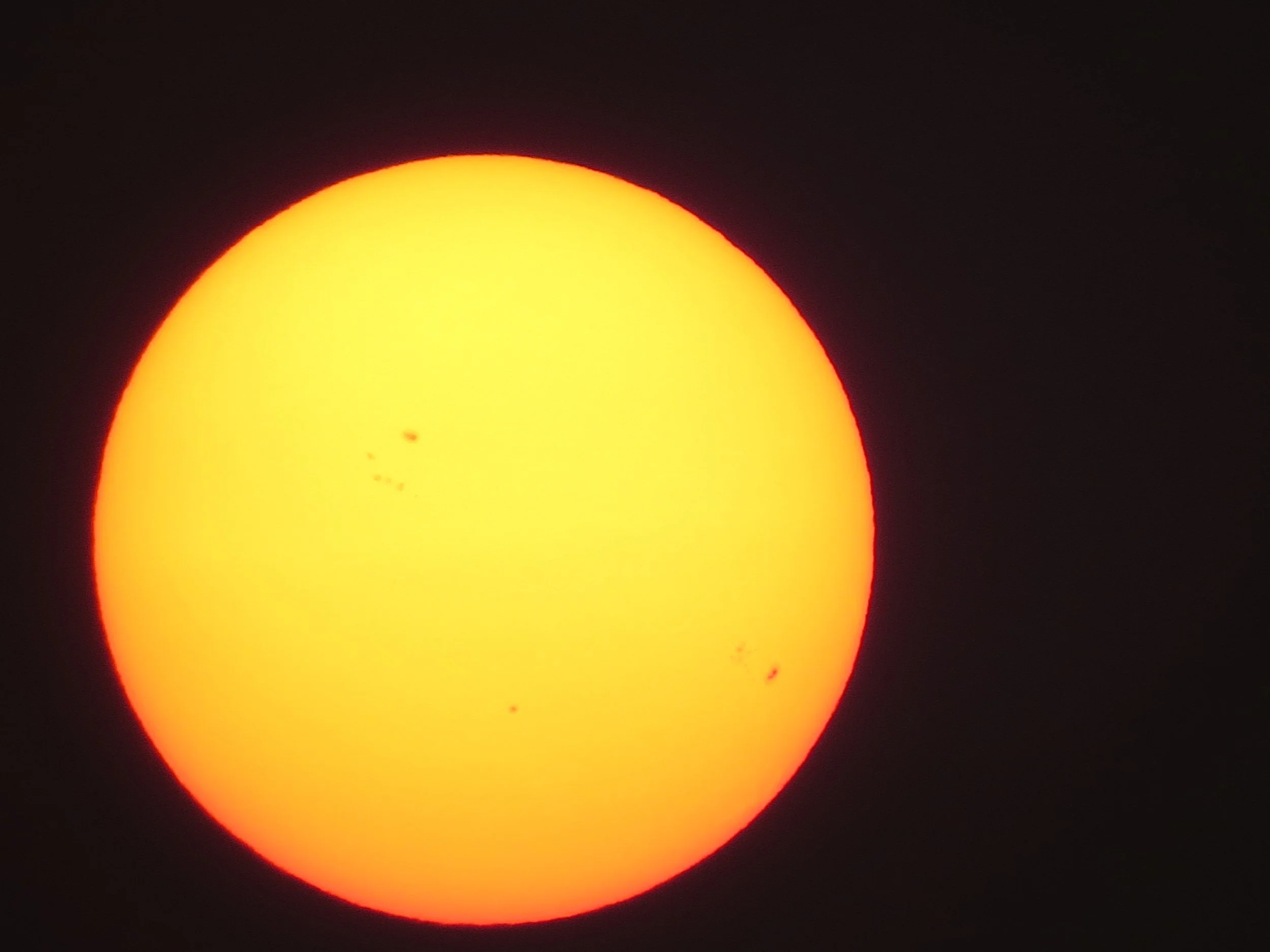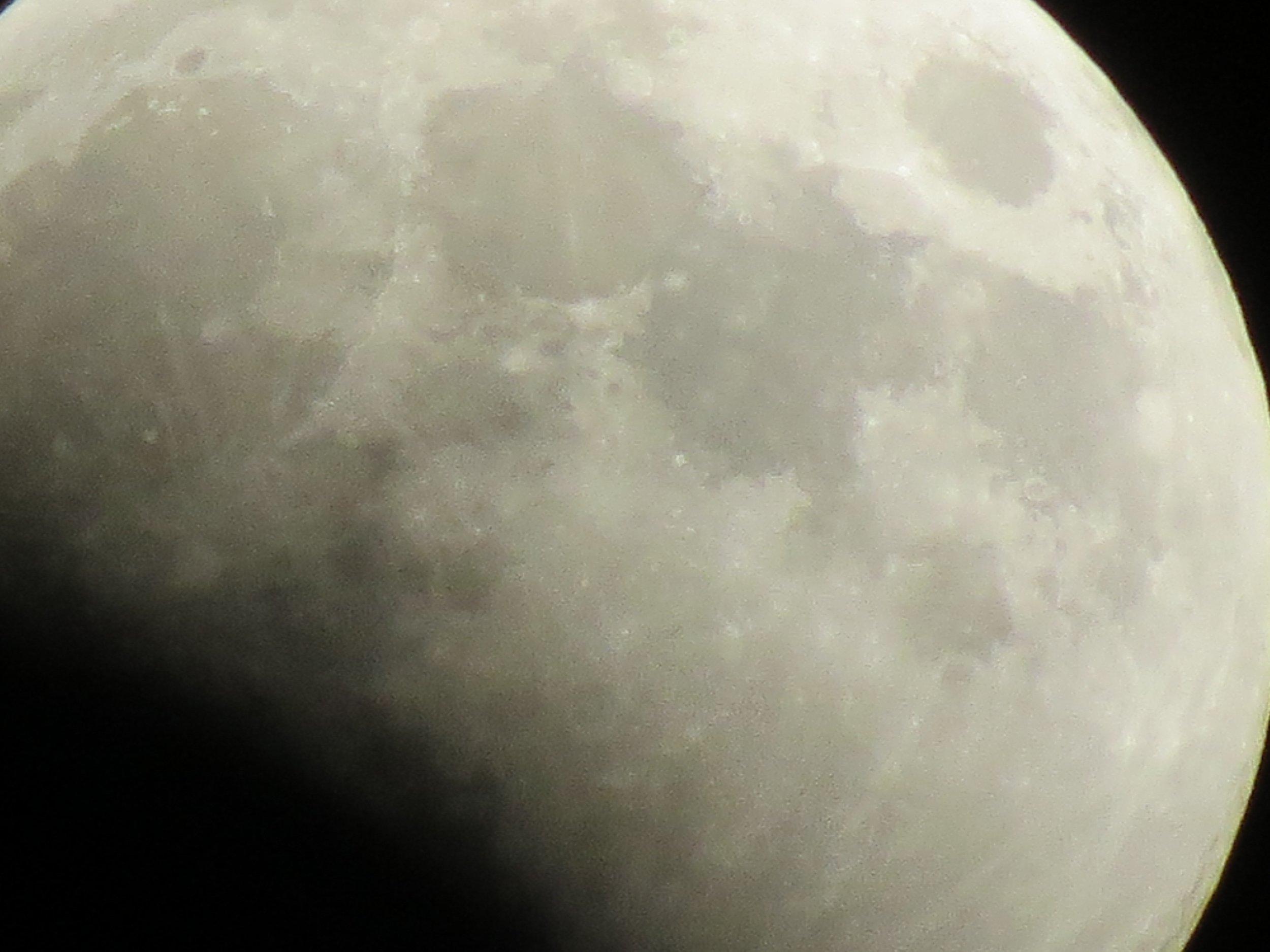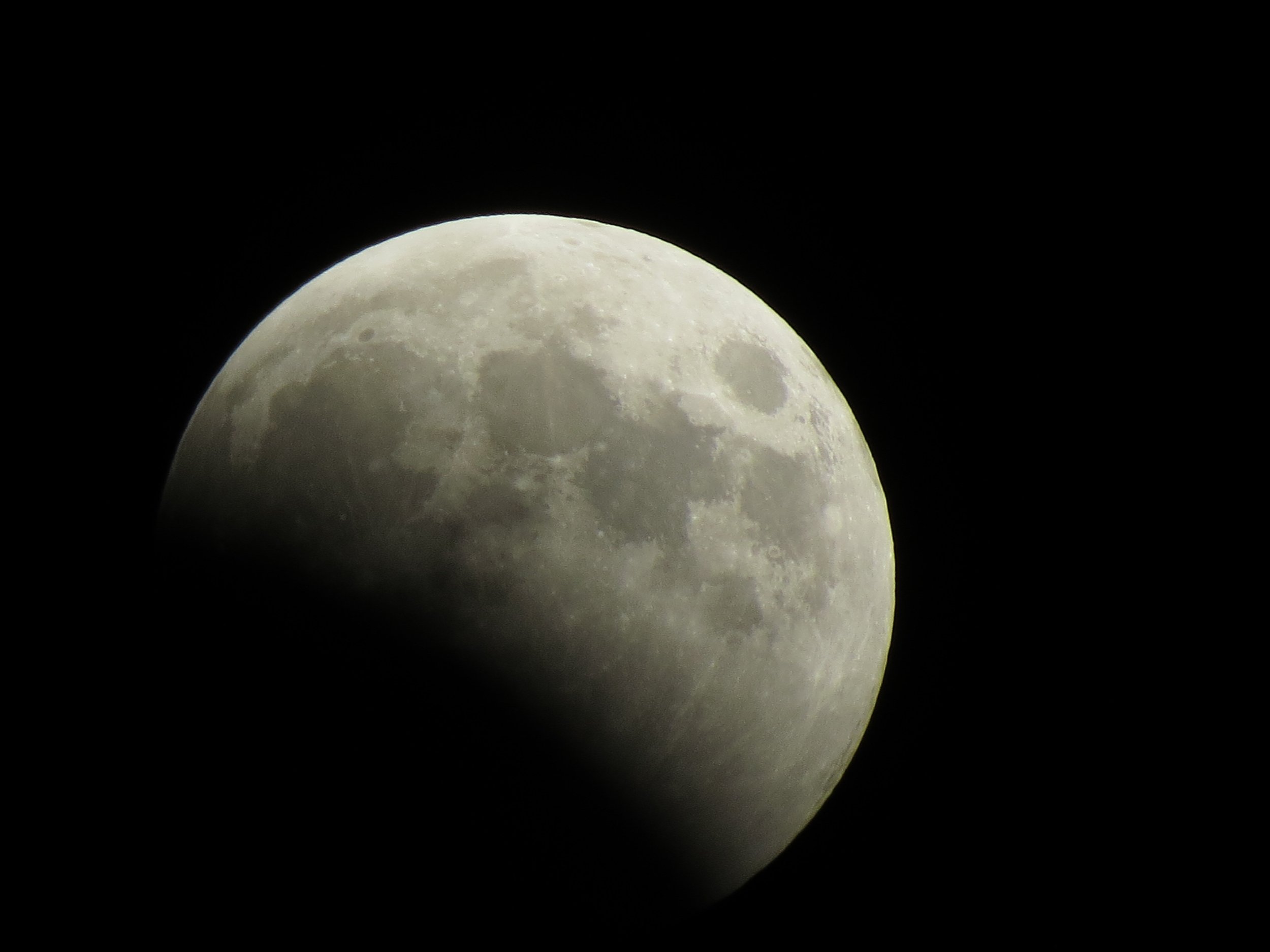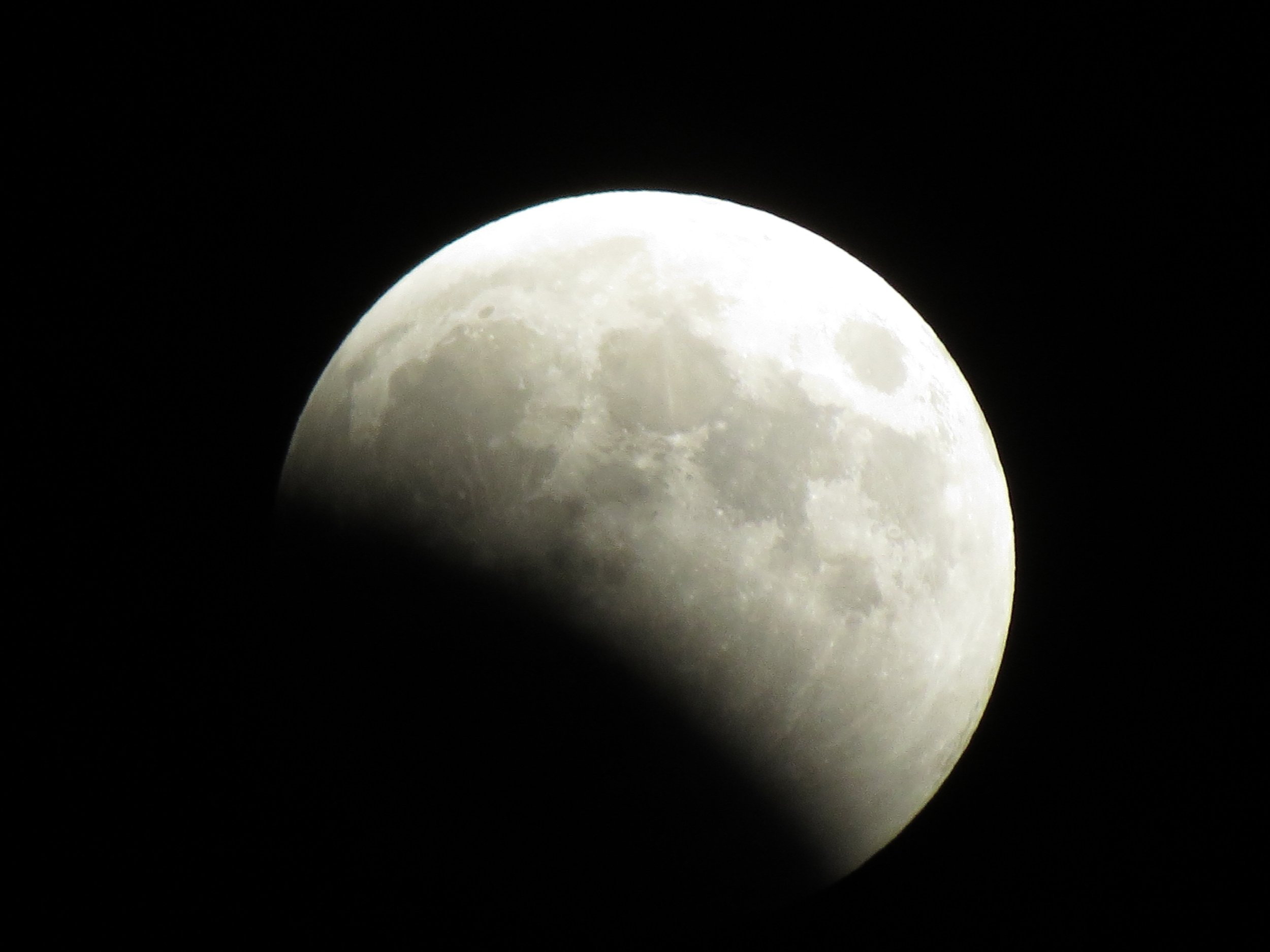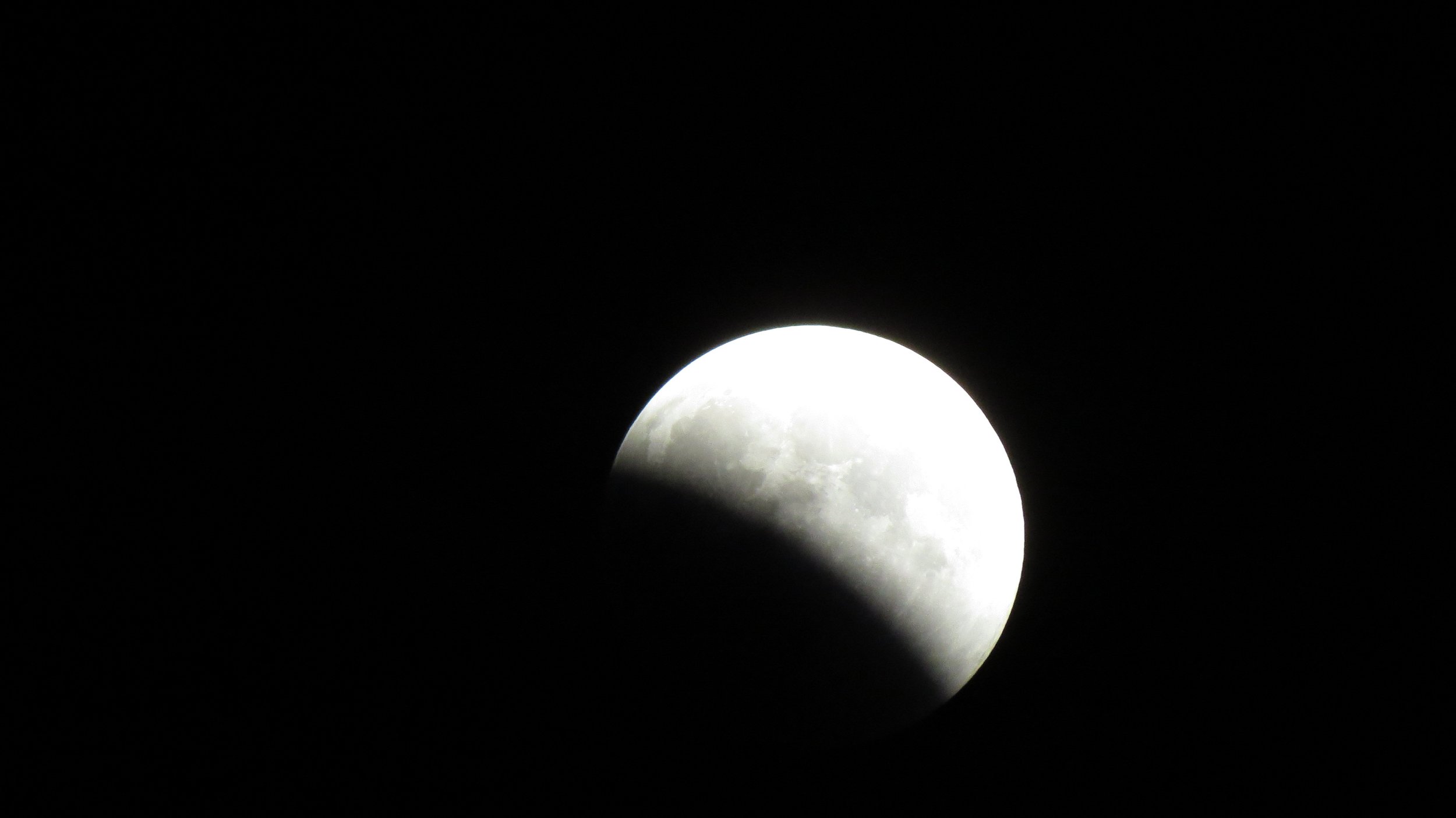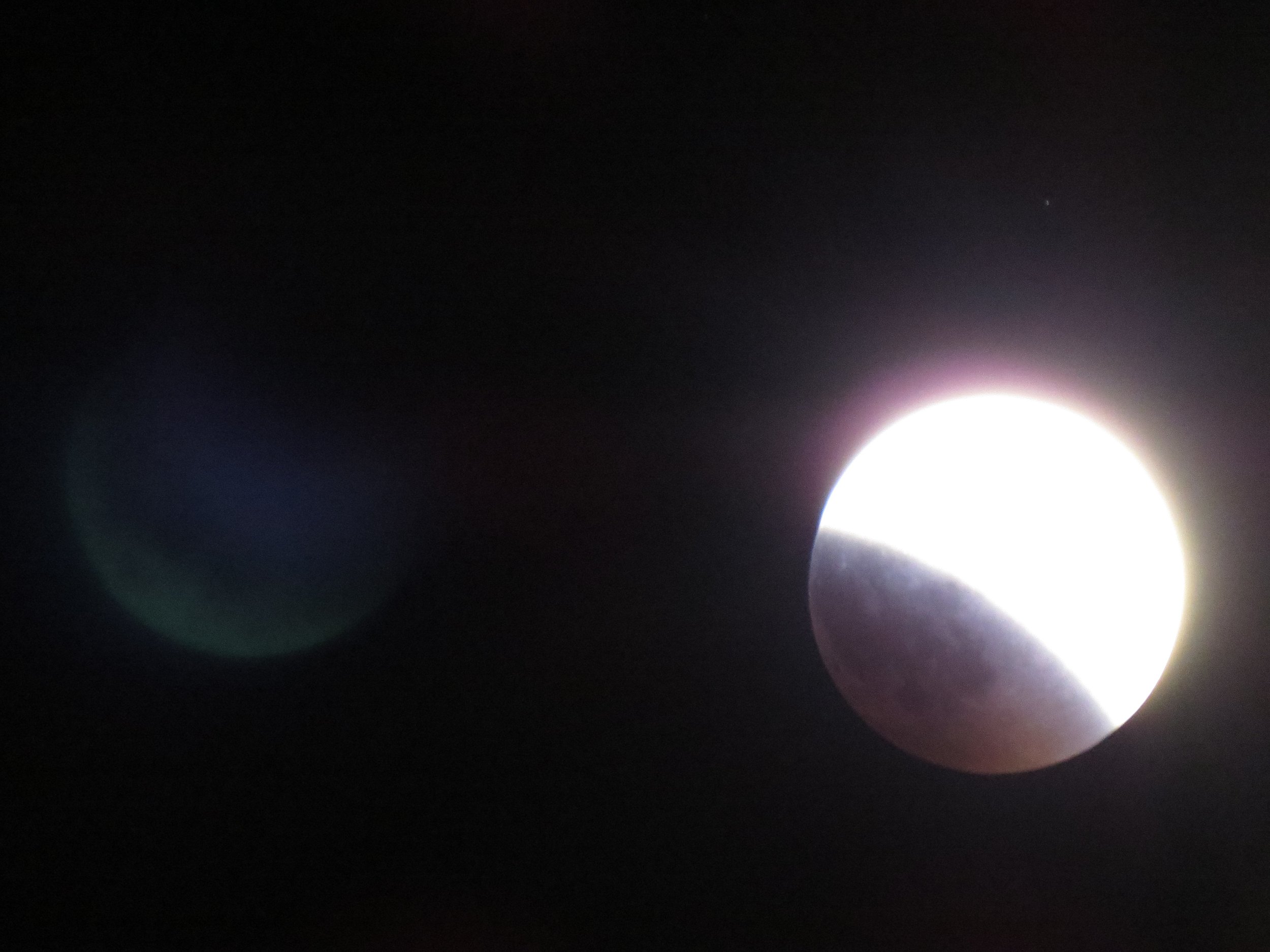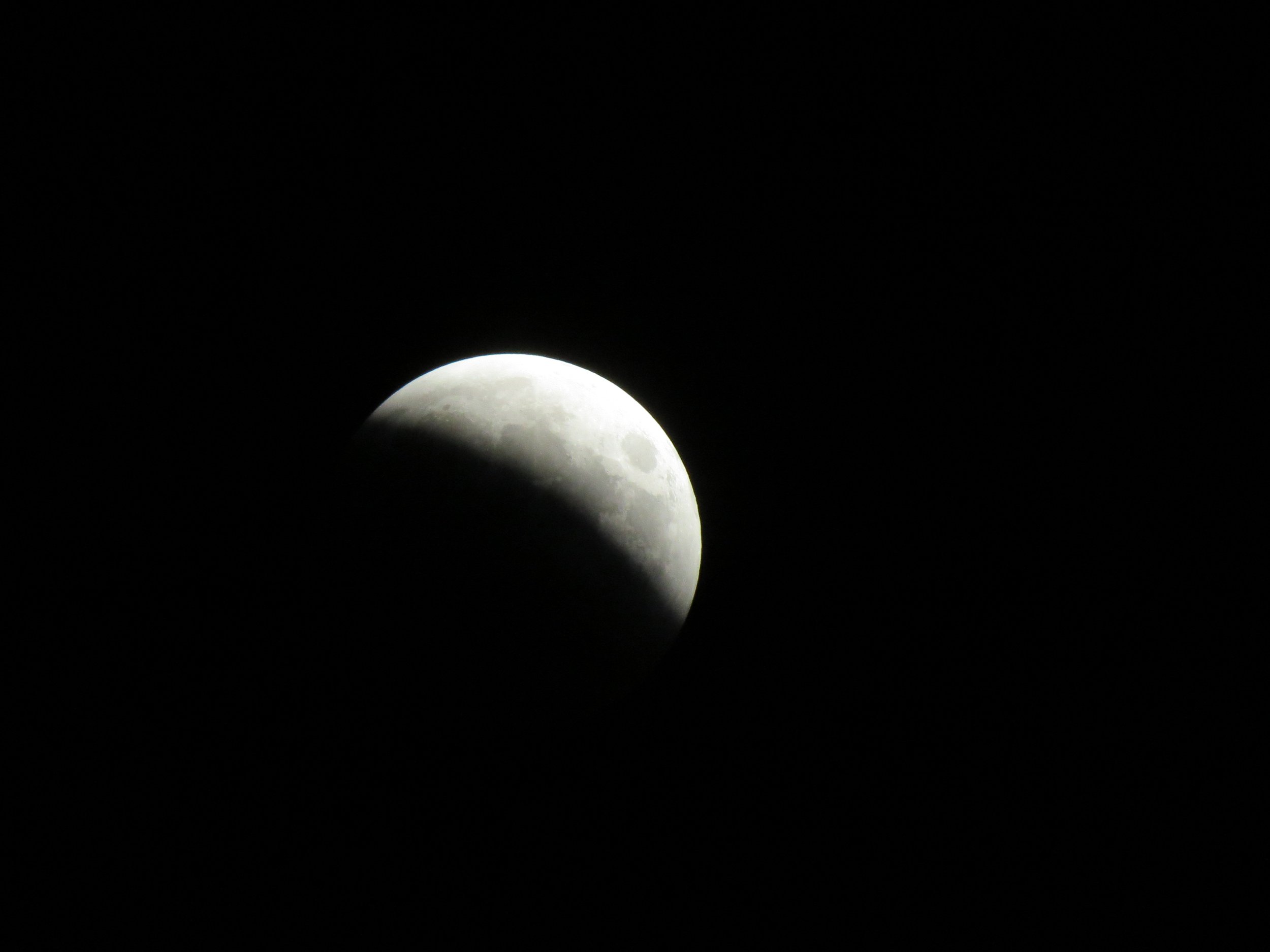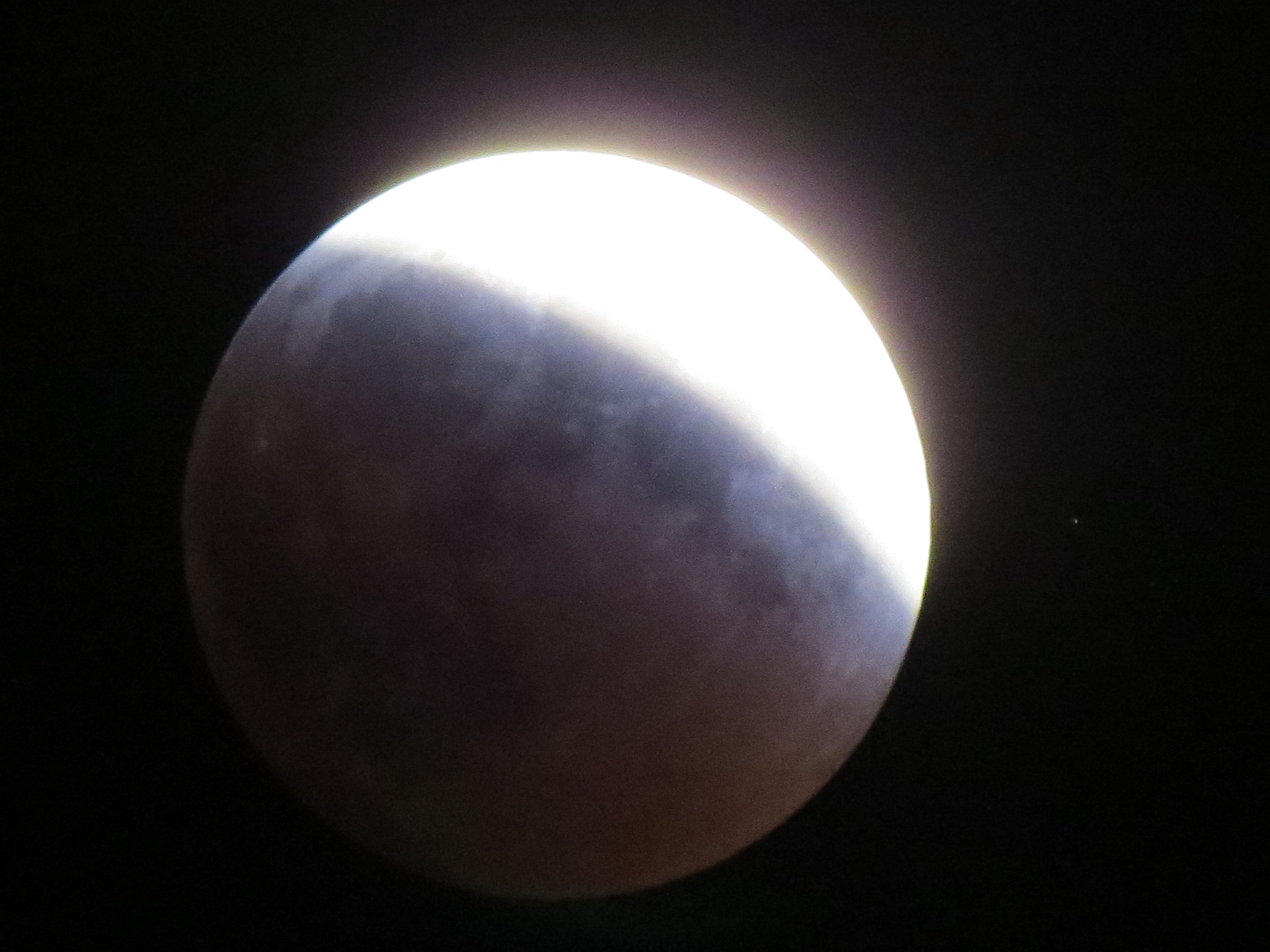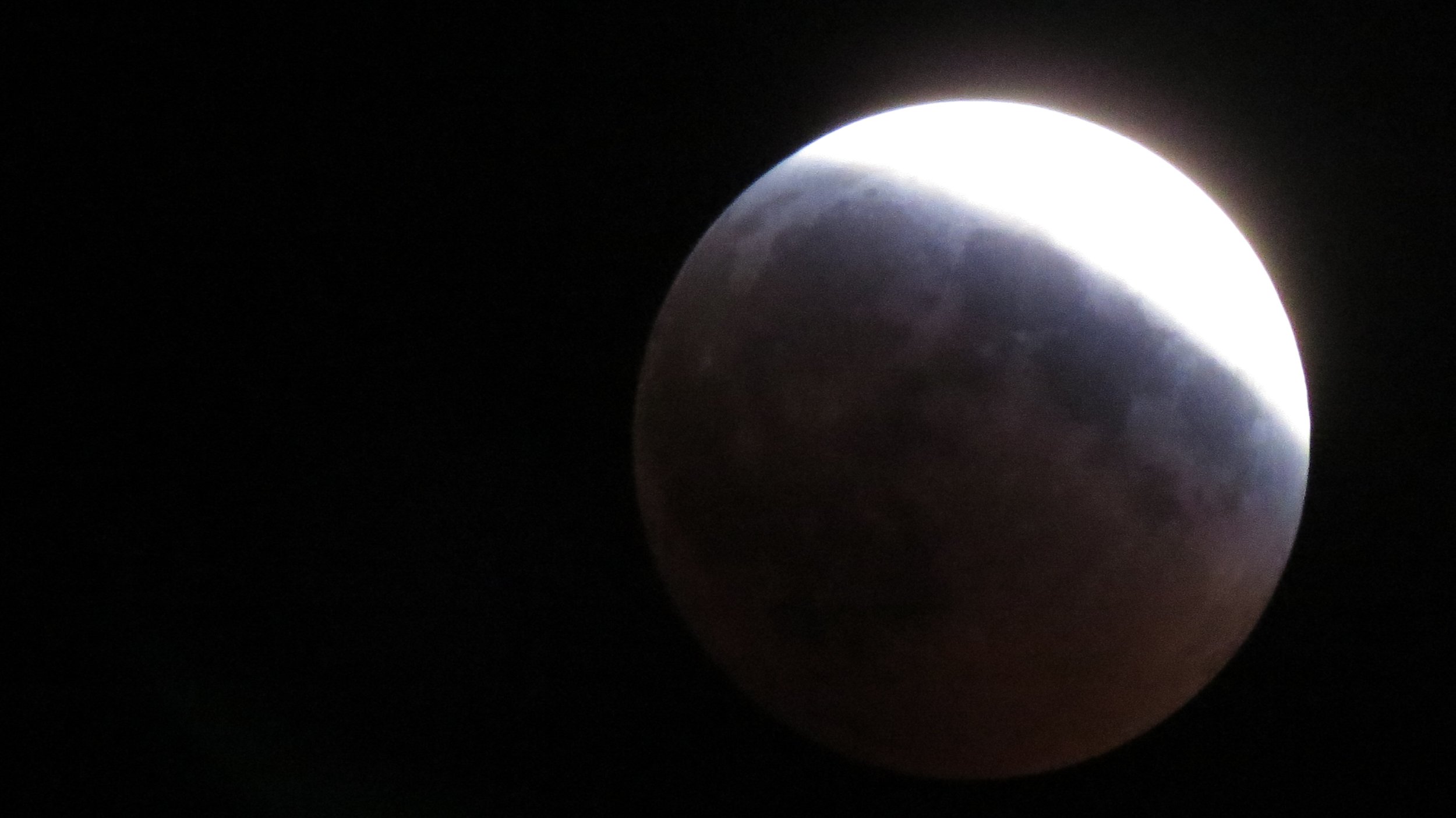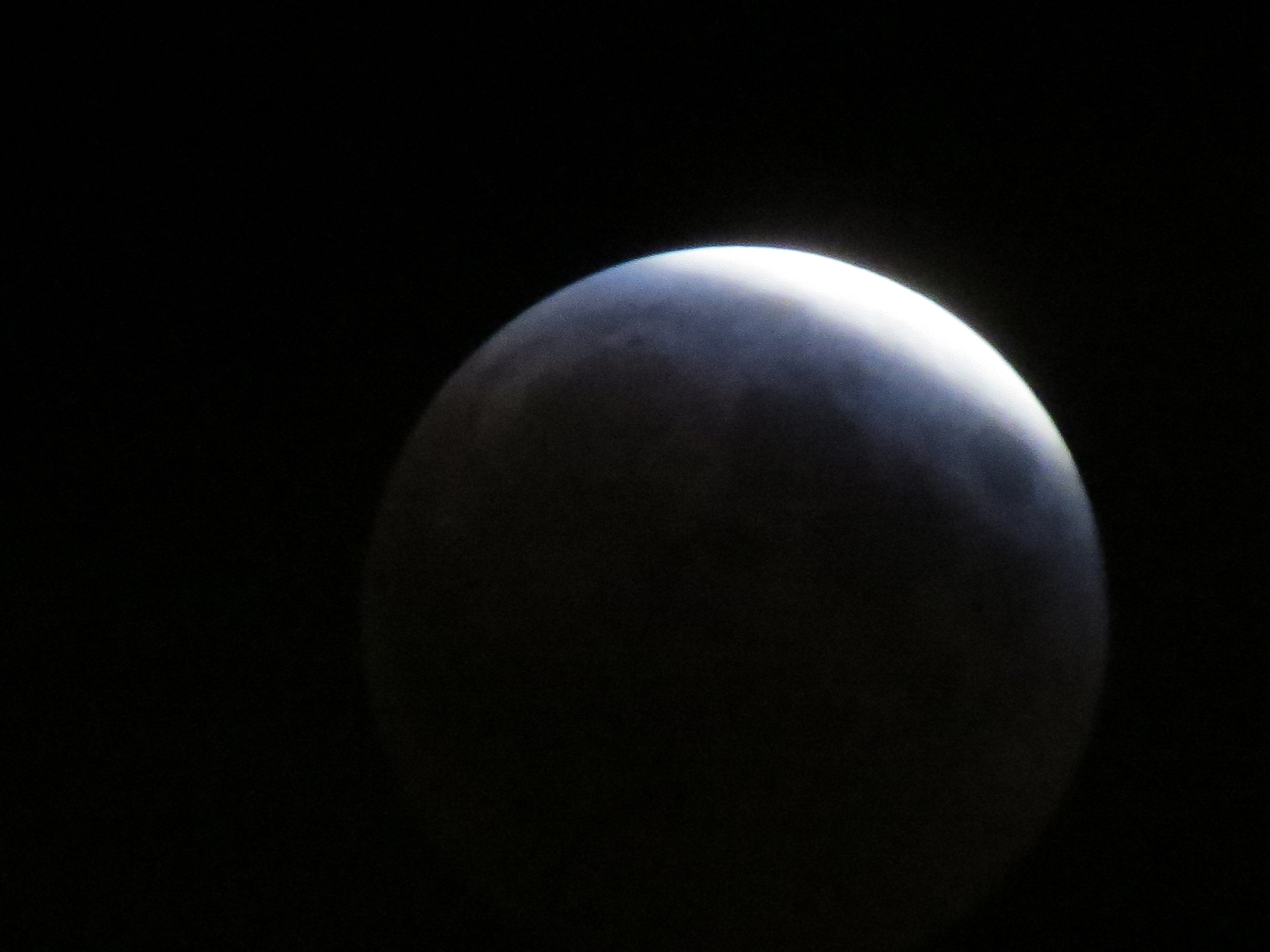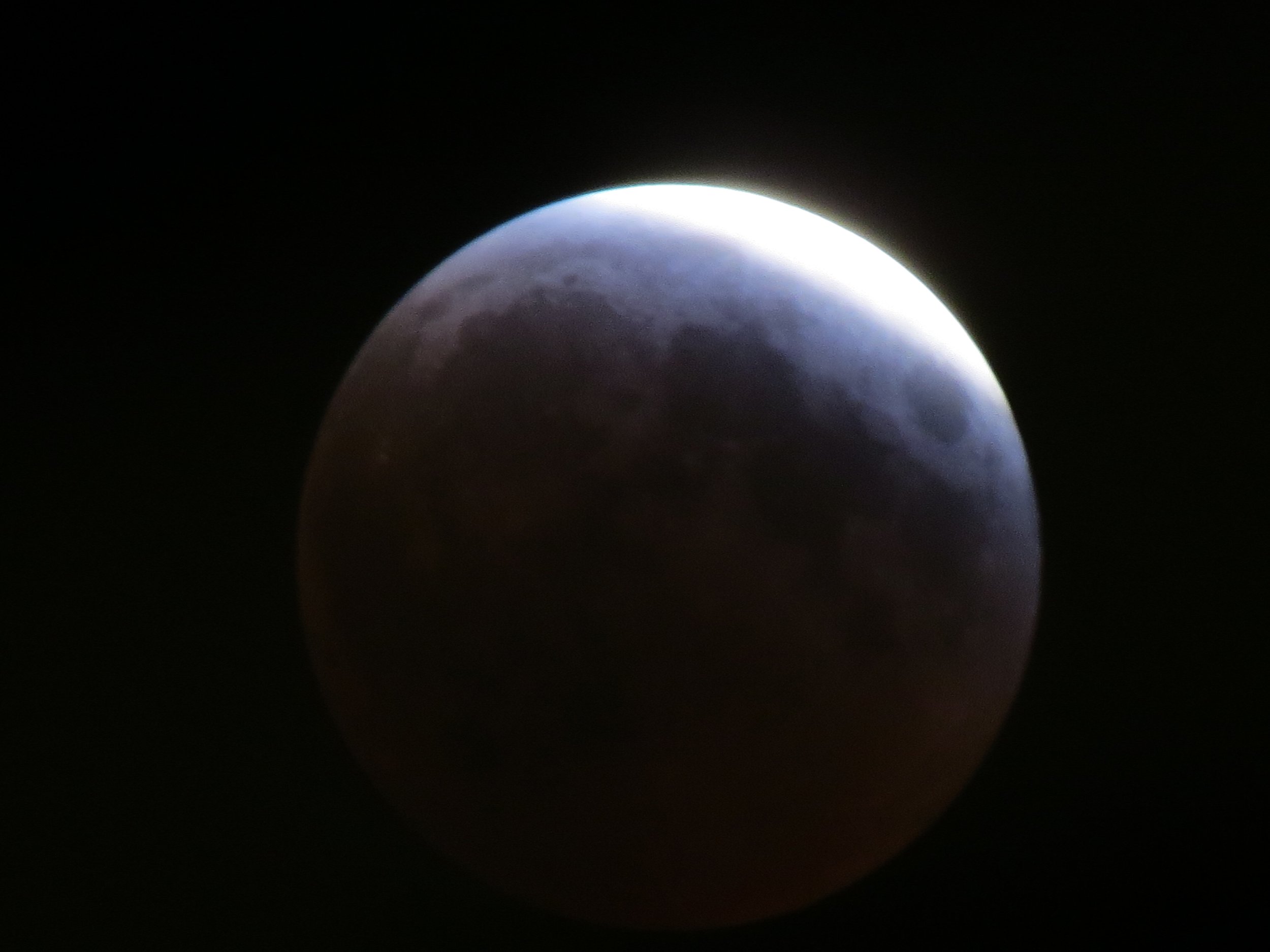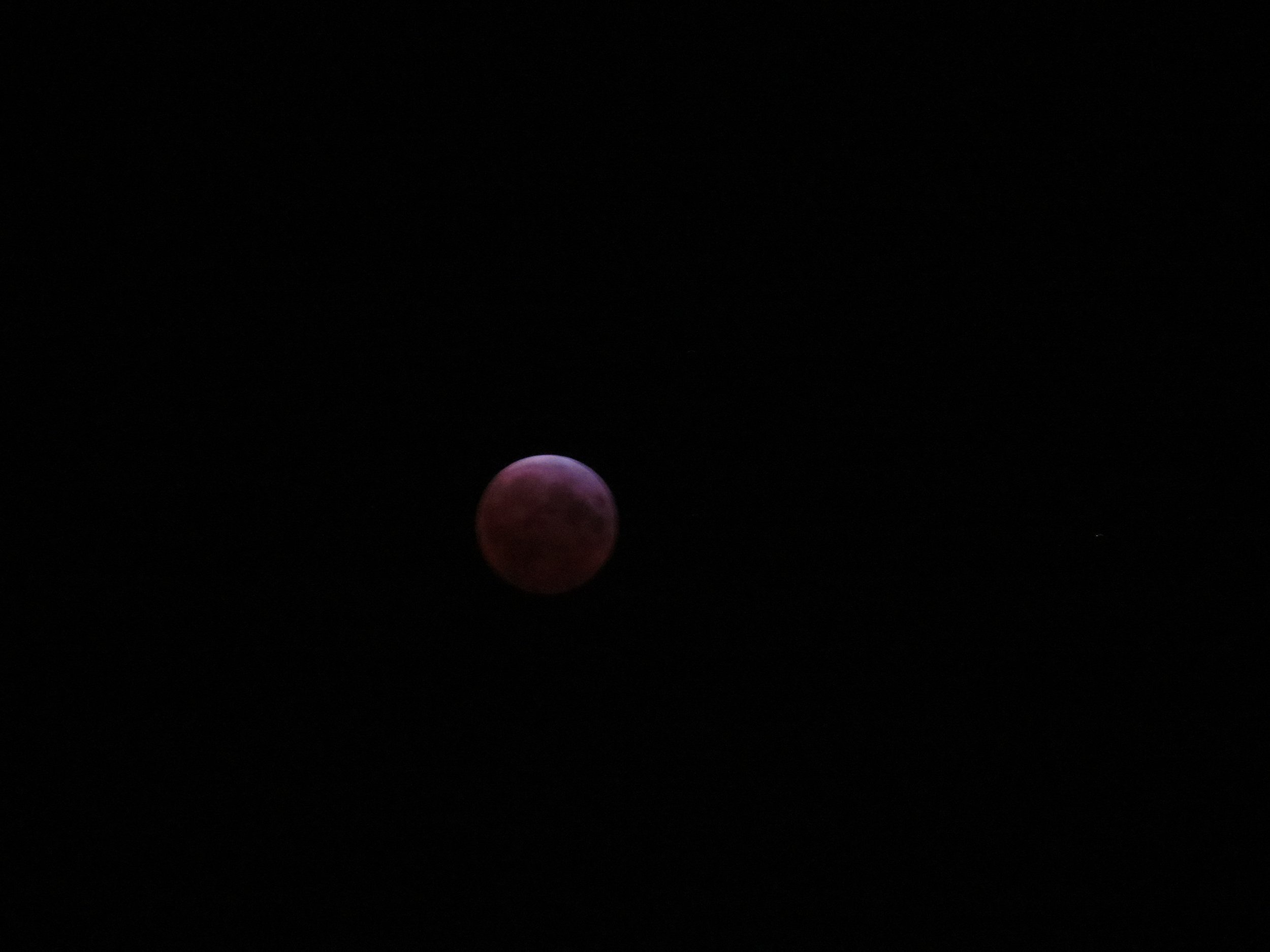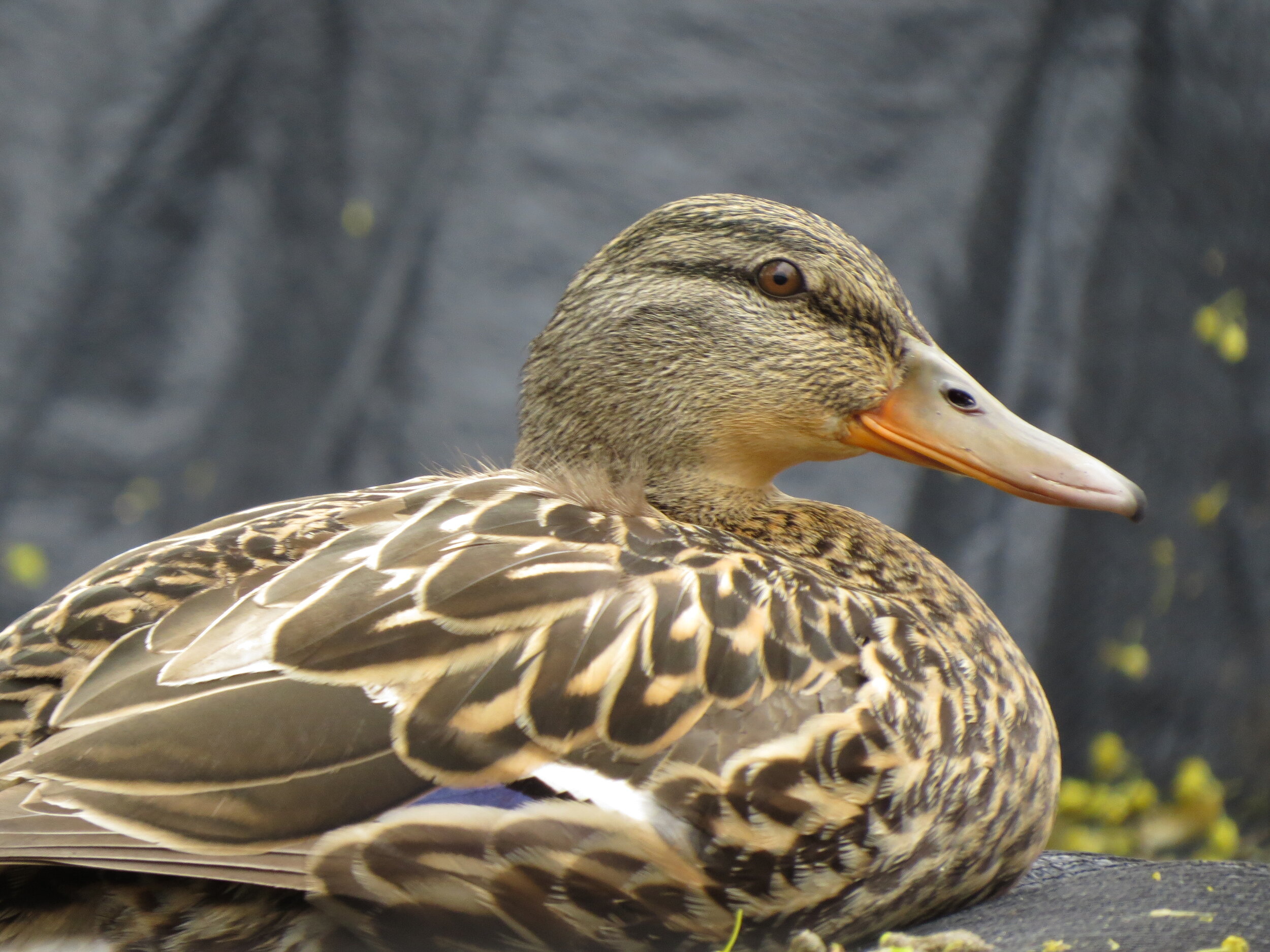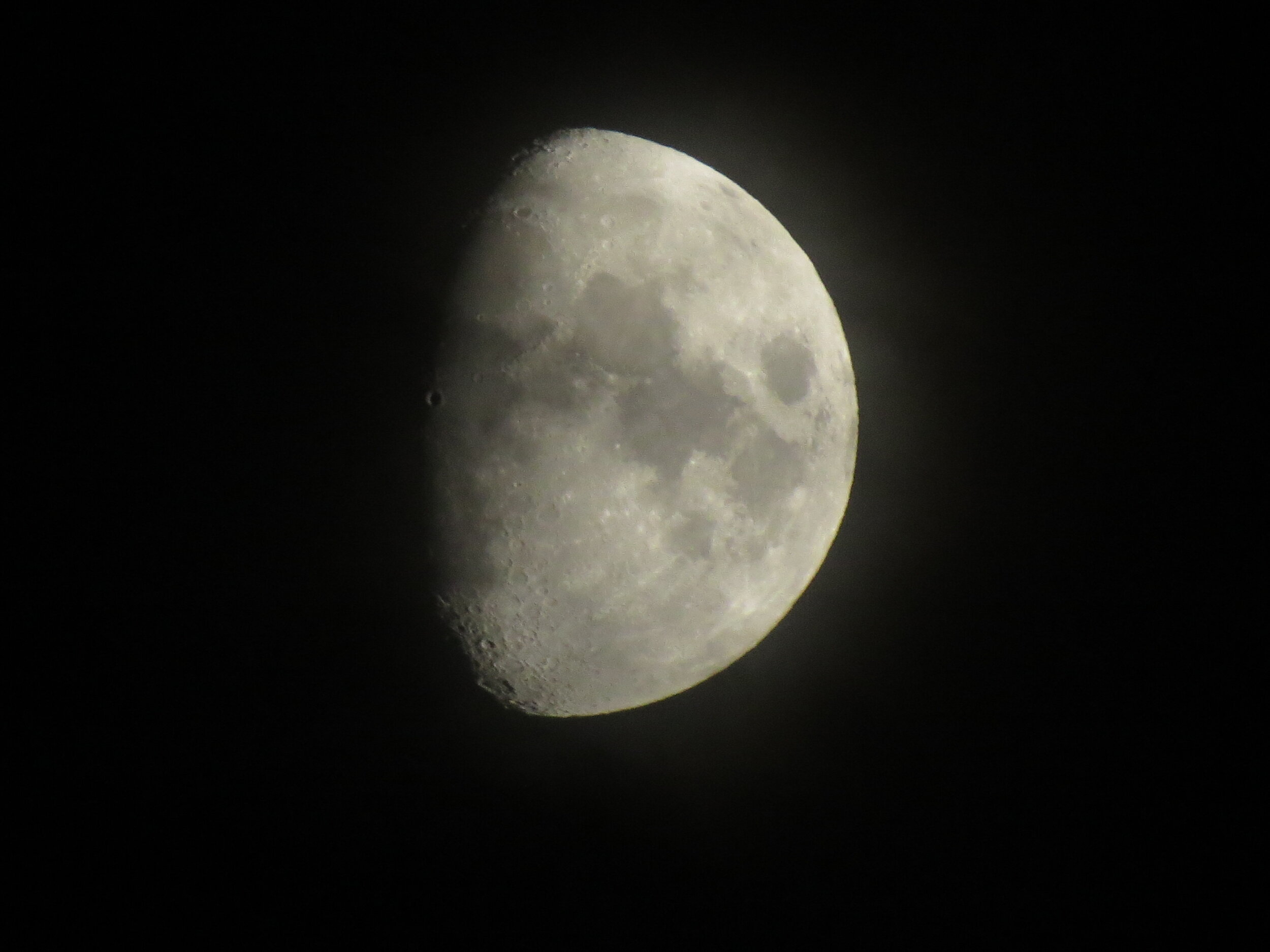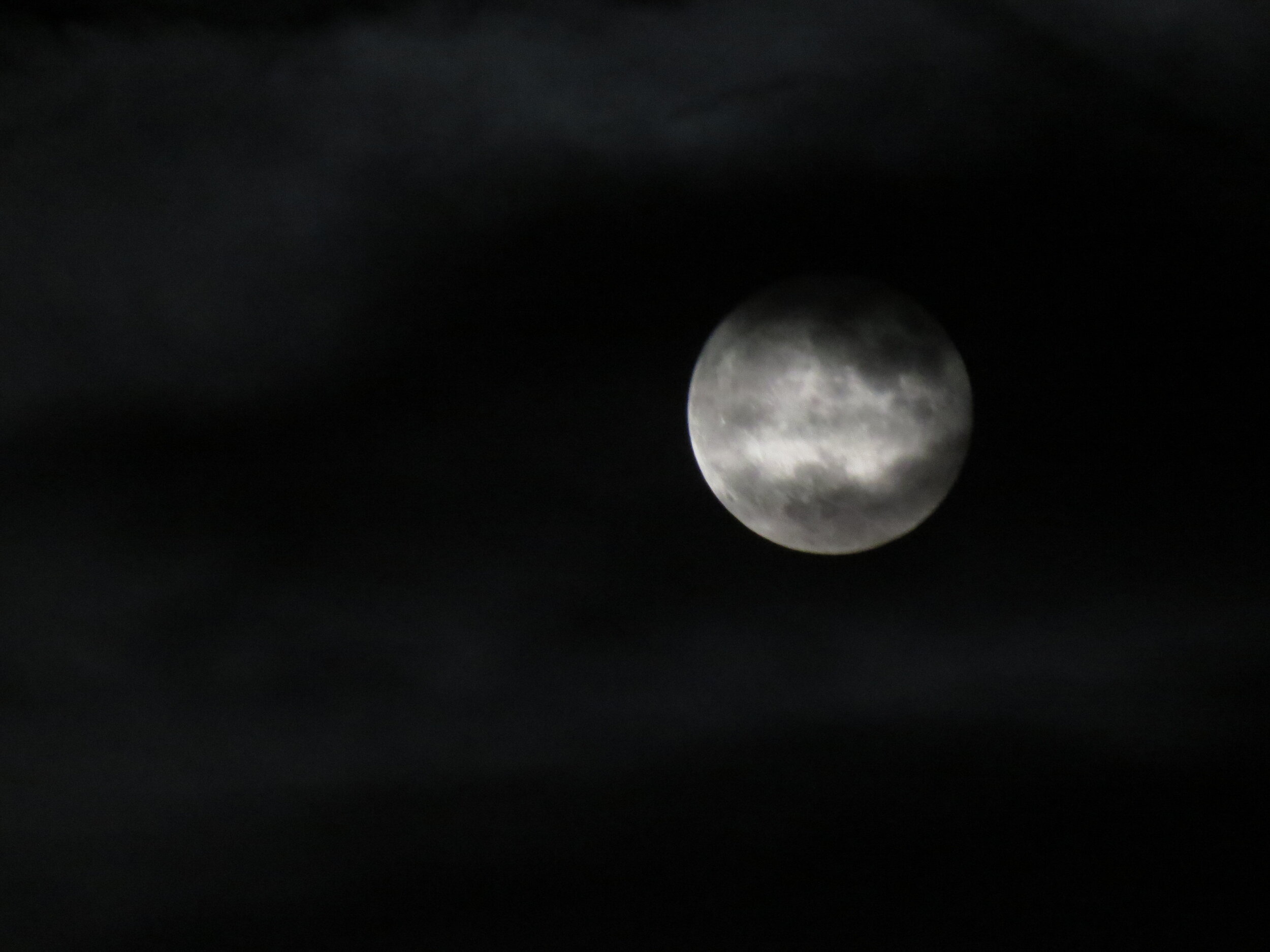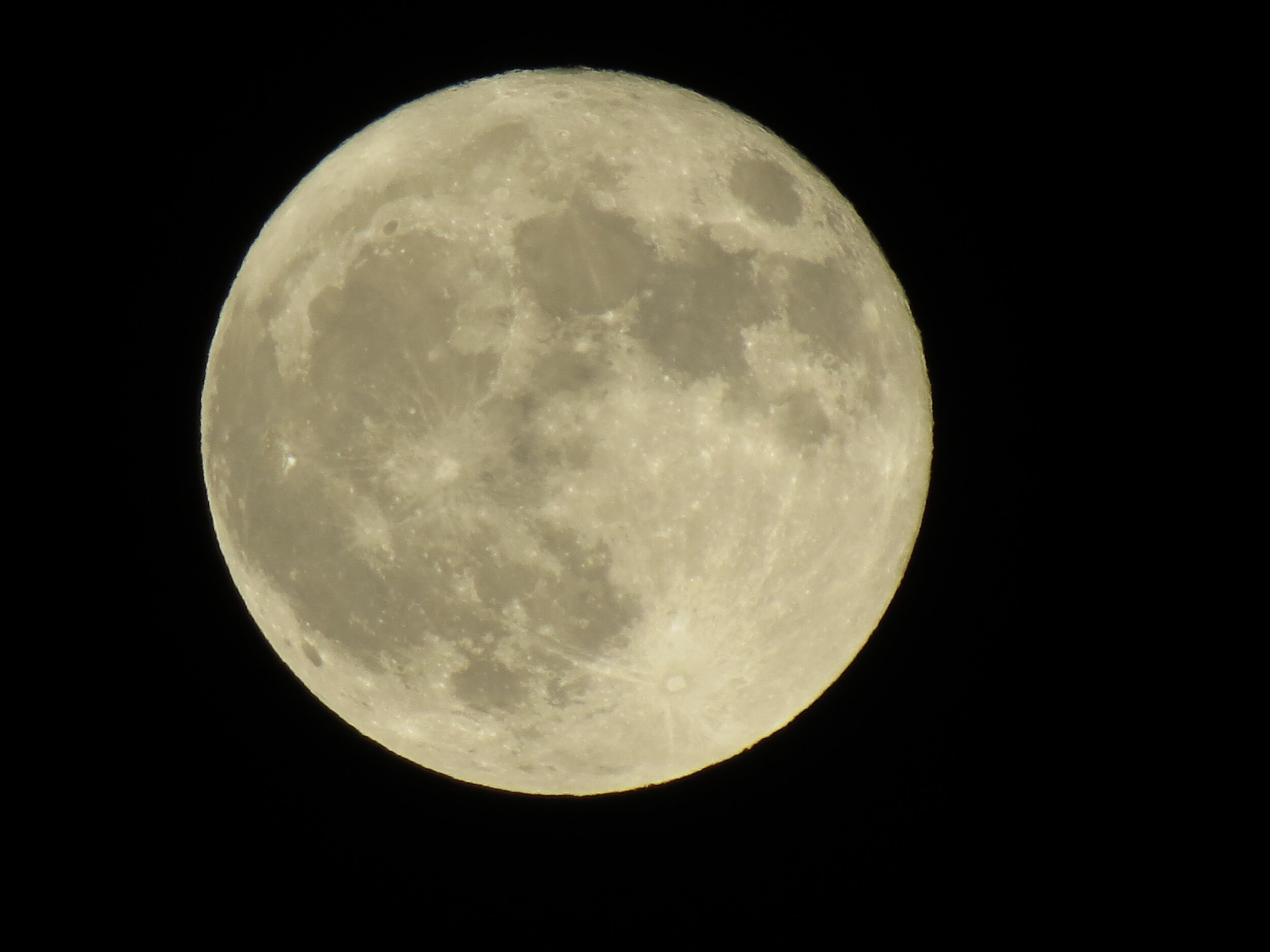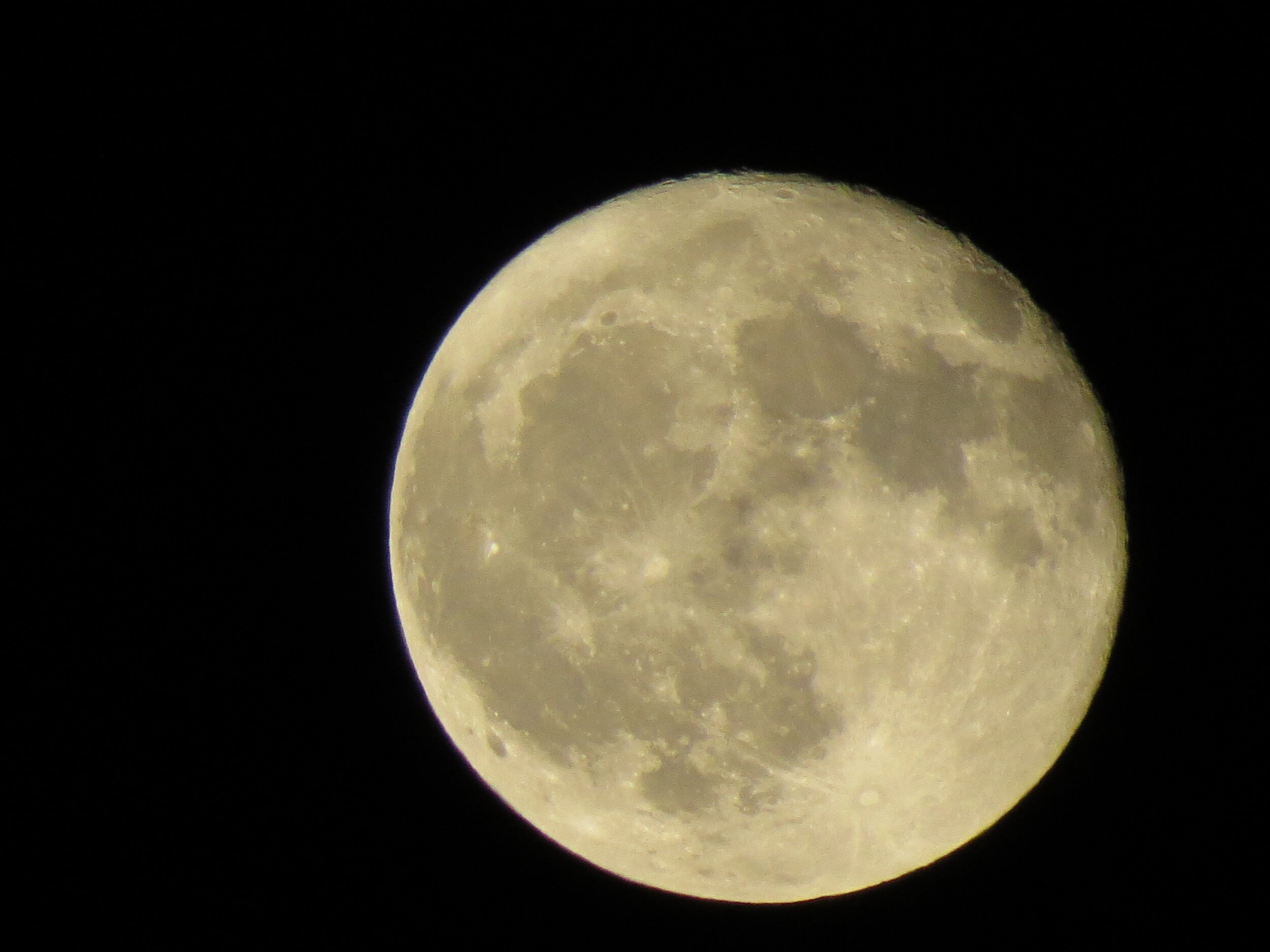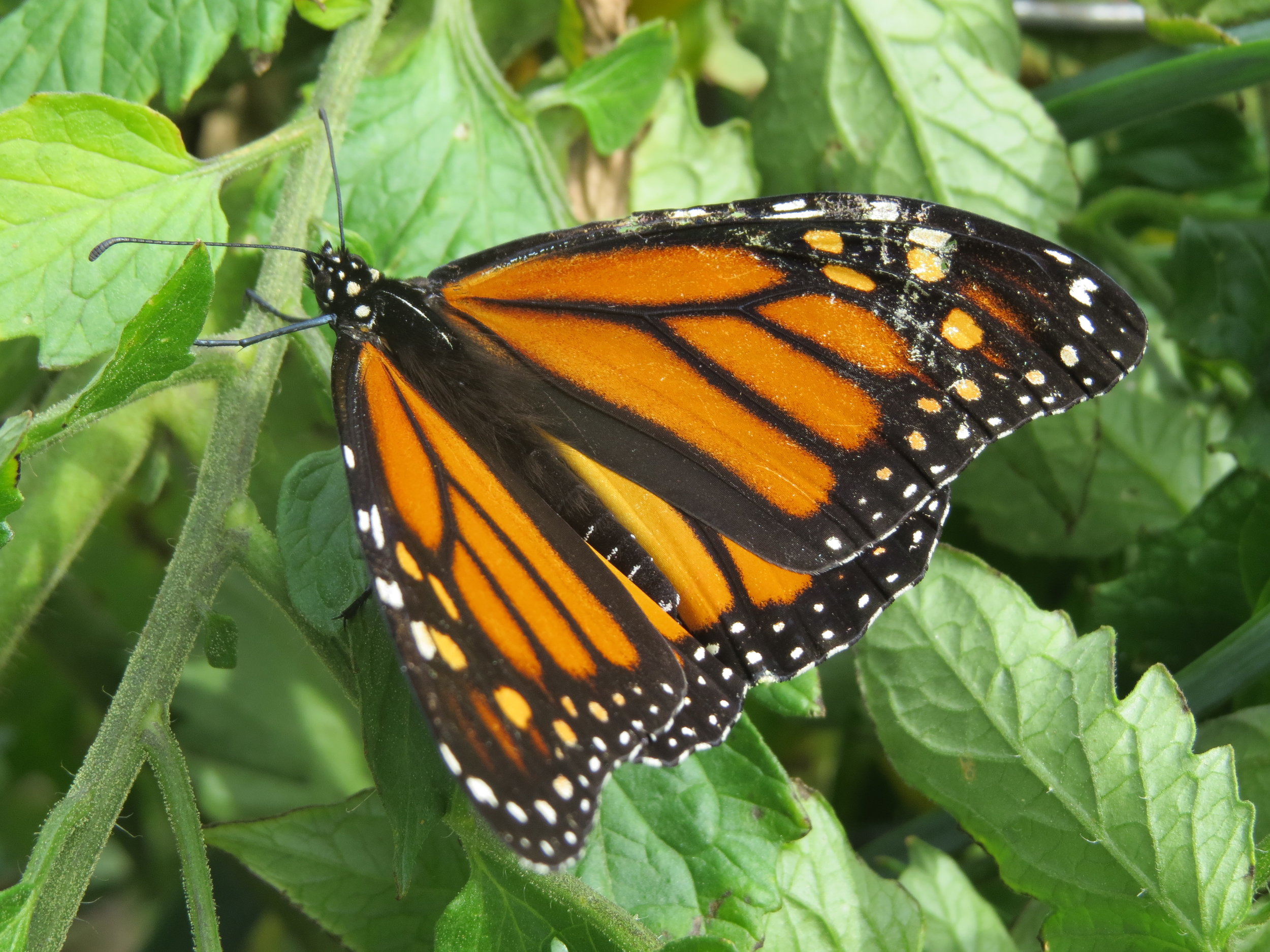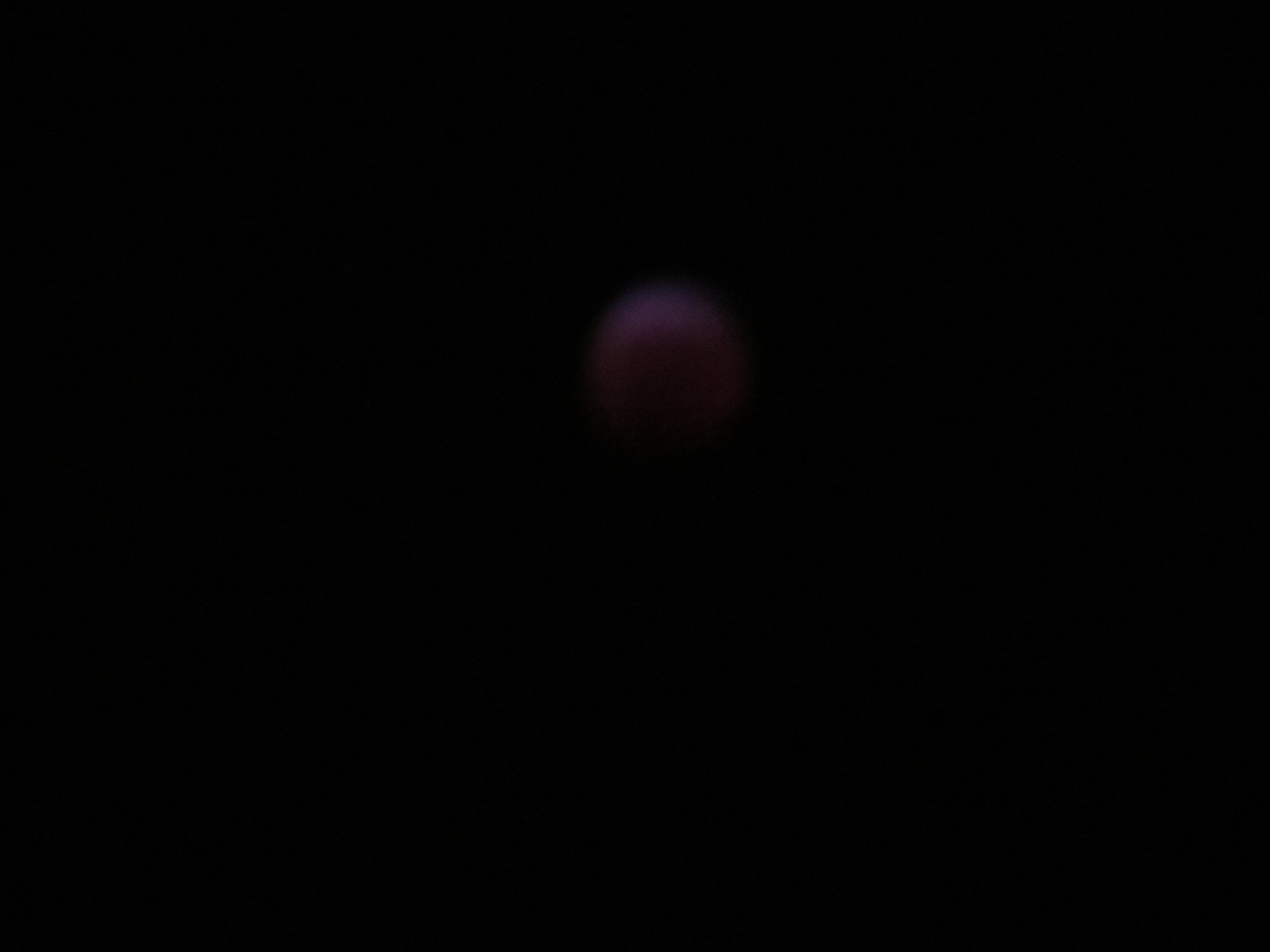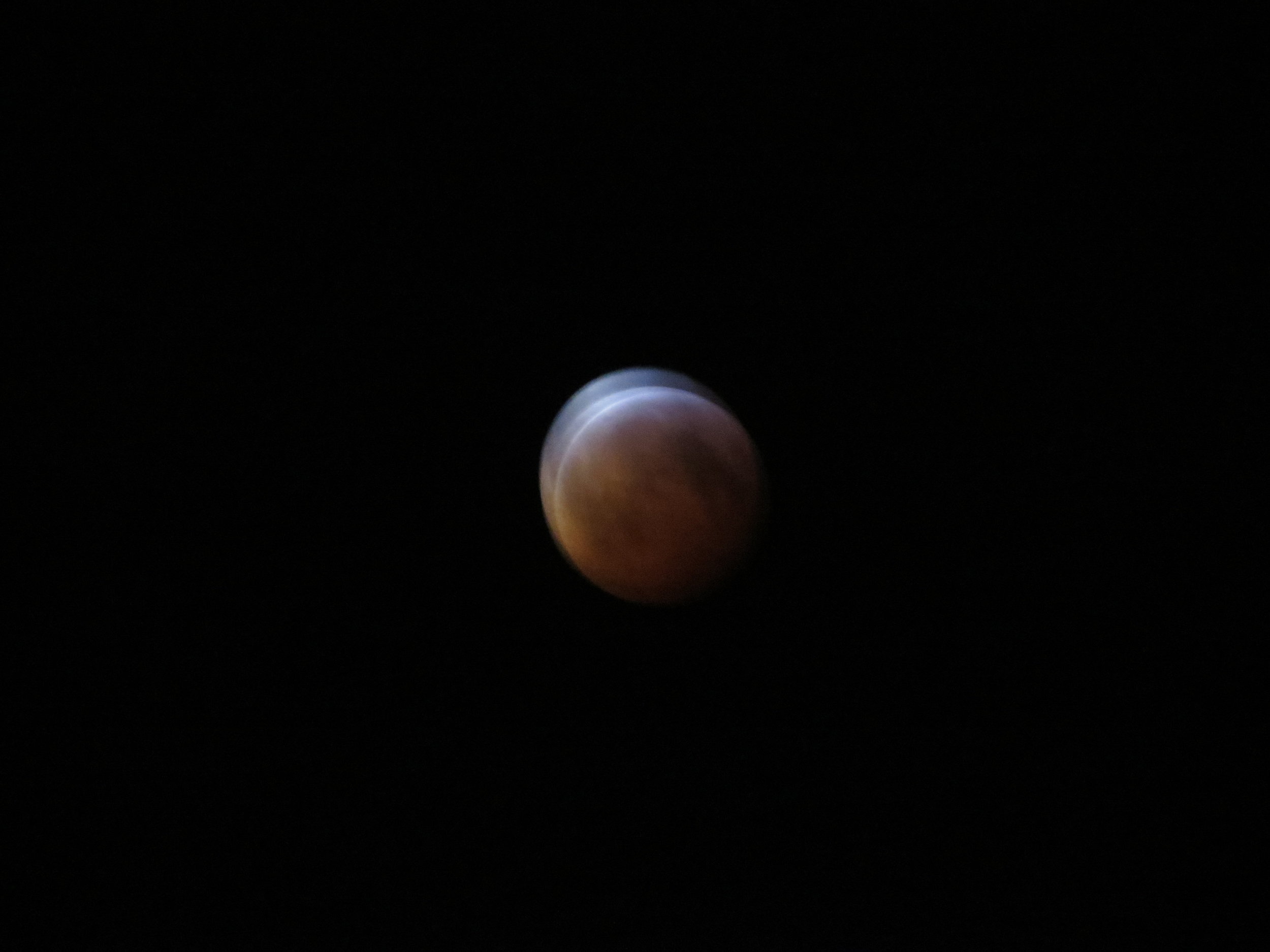I titled this photography project “Freezing Moon” in dedication to “Dead” of Mayhem who would have turned 50 this January. Ironically, my favourite Mayhem song “Freezing Moon” which he sang, was recorded on my birthday many moons ago…AND of course, because it actually was FREEZING!
A lunar eclipse is when the Earth, moon and sun are perfectly aligned at the same time and the moon is covered by the Earth’s shadow. The moon was the closest it could possibly be to the Earth in its orbit making it appear brighter and larger in the sky. The moon changes colour and turns to a bright reddish shade when it travels further into the Earth’s shadow during the eclipse. Colour change to the moon happens during every eclipse and its colour depends on how much particulate is in the atmosphere.
This night came with brutal freezing temperatures of -21 degrees (but it really felt like -36 degrees with the wind chill). I bundled up and adventured outside into my backyard with my trusty Canon which I really pushed to the limits. I continued to go outside every few minutes starting from 10:30 pm to capture the transition of the eclipse and colour change. Thankfully, there were no clouds and the sky was crystal clear. Once the eclipse started, it all happened pretty fast!
By 11:39 pm: It was mostly covered. You could definitely start to see the red peeking through.
By 11:55 pm: It was almost covered. There was just a sliver of the moon left.
At 12:15 am: The moon was completely covered and appeared the most dramatic as this was when the deepest and darkest red colours were on display in the black sky.
At 12:35 am: The light of the moon was starting to come back.
At 12:40 am: More of the light from the moon was starting to come back and I was seriously starting to turn into a popsicle at this point. It was time to go inside for a bit.
The eclipse finished at around 2:00 am EST on the (21st) but my camera or myself really couldn’t take much more of the cold.
Unfortunately while taking pictures, I ran into several technical issues.
1. I was freezing cold. I definitely needed my sturdy tripod to stabilize my camera because my hands were shaking. I tried wearing my fingerless gloves, but wearing gloves (even fingerless ones) and taking pictures isn’t really the easiest thing to do.
2. It was super windy. Even with the tripod, I had to hold the base down so it wouldn’t blow over while trying to stabilize the camera.
3. The “zoom” feature on my camera froze several times and got completely stuck so I had to run back in the house to warm it up and then run back outside to take more pictures.
4. The battery (that was fully charged for the project) in my camera and the batteries in my intervalometer (which were brand new) needed to be changed due to the extreme cold! Twice.
5. Frost was actually starting to form on my lens which made it difficult for the camera to focus clearly on the moon.
What was really frustrating for me is that I could actually SEE the moon clearly in the camera. It was when I clicked the button, the shutter of the camera lagged and was saying... “Nope, sorry, I’m too cold to work but I’ll let you look instead!” So that is why some of the images are blurry!
I took a ton of pictures and these were the only ones that I could salvage under such brutal conditions. One of the greatest things that I really enjoy most about photography is to experience going out in the middle of the night and taking unusual images of something special and phenomenal that you don’t see every day. And even though some of my photographs were not as clear as I would have liked them to be, under the harsh weather conditions effecting my equipment, I did get a few images that I really liked. I was happy to witness the eclipse with my own two eyes which I probably wouldn’t have bothered to do if I wasn’t into taking pictures. For that, and other personal reasons, I feel incredibly privileged that I got to see such an amazing freezing moon.
The next total lunar eclipse will be visible on May 26th 2021. Hopefully that day will be a beautifully clear WARM night and I’ll be able to capture that eclipse much better. I don’t think that the temperature will be -36 degrees in May. This certainly was a learning experience for next time.


